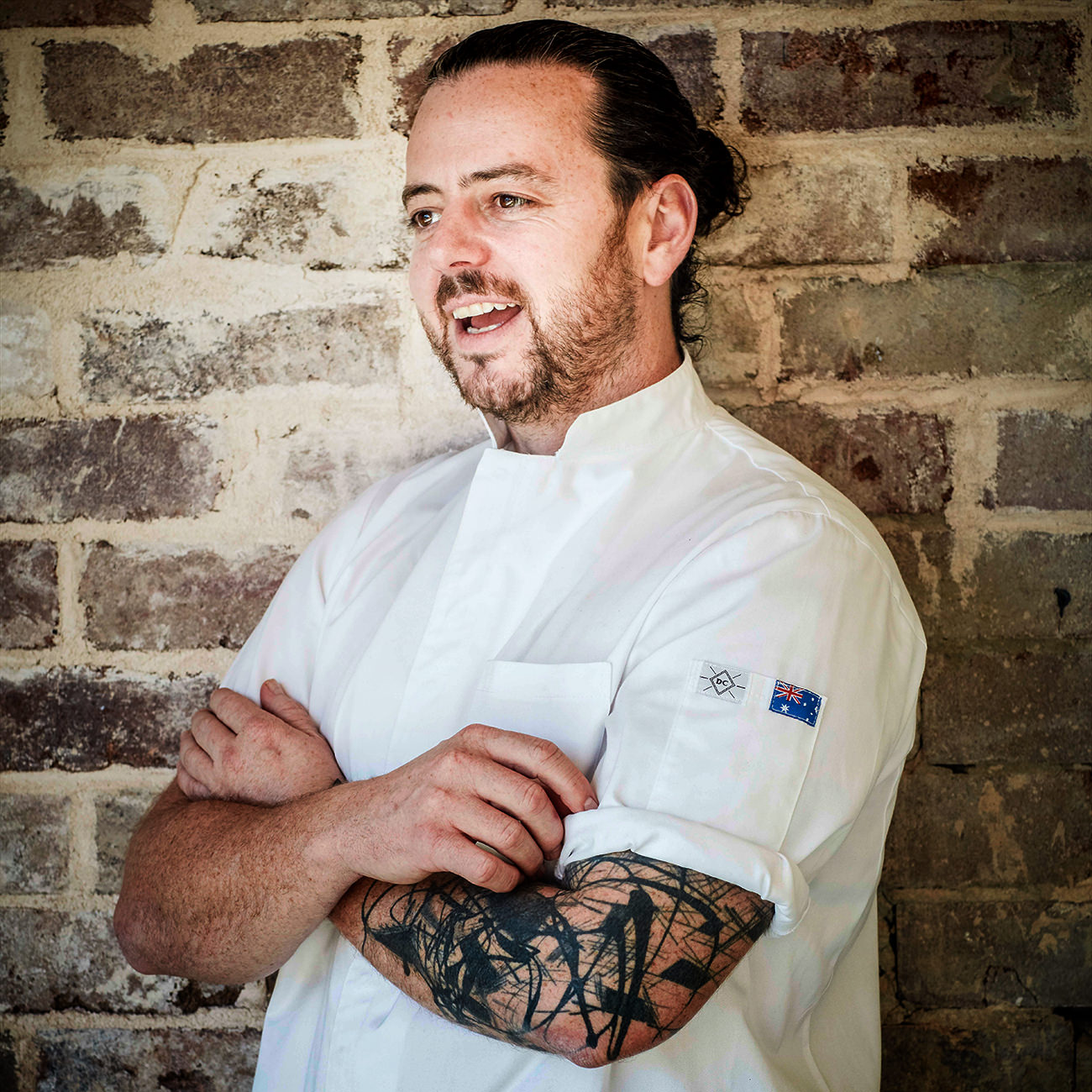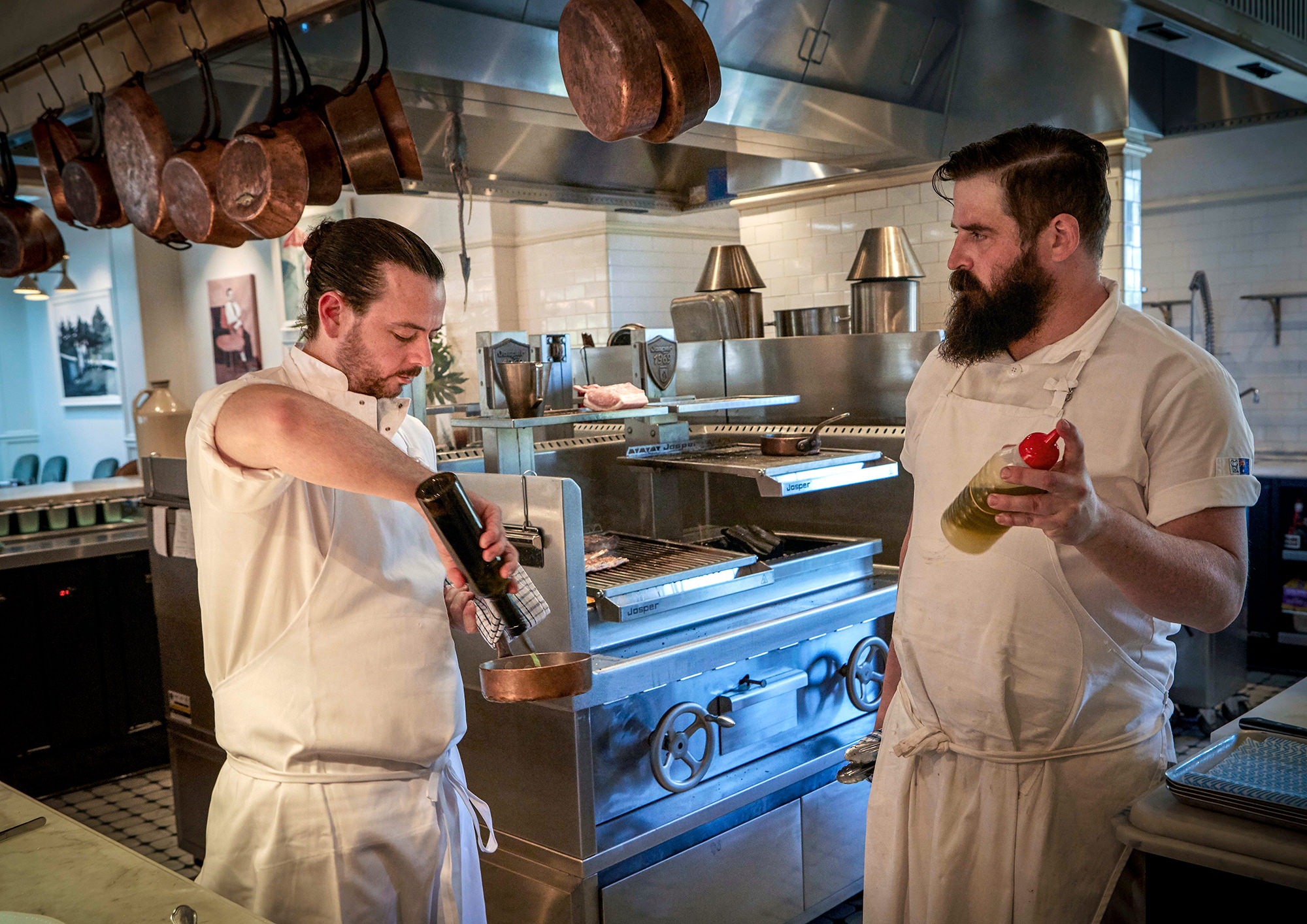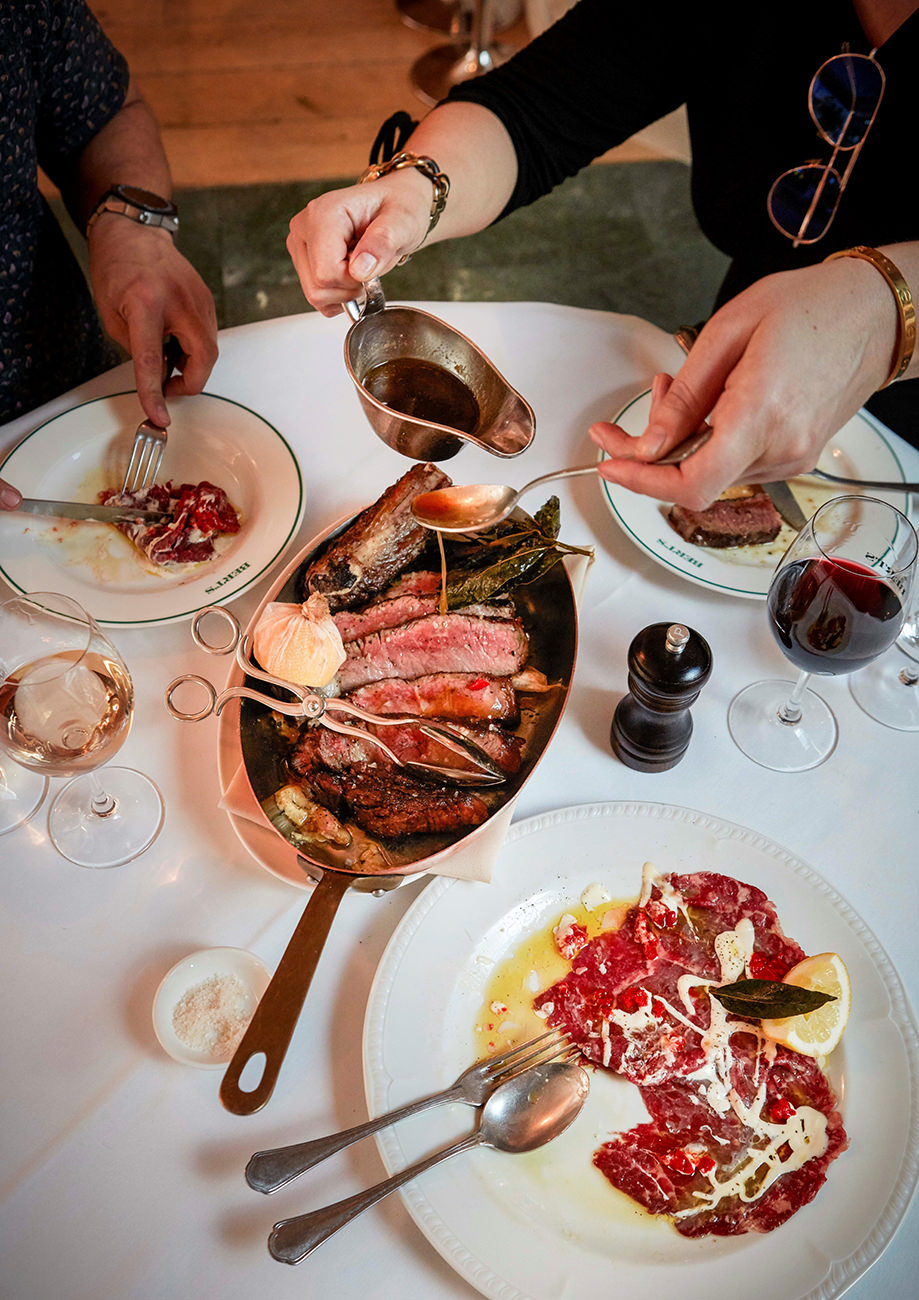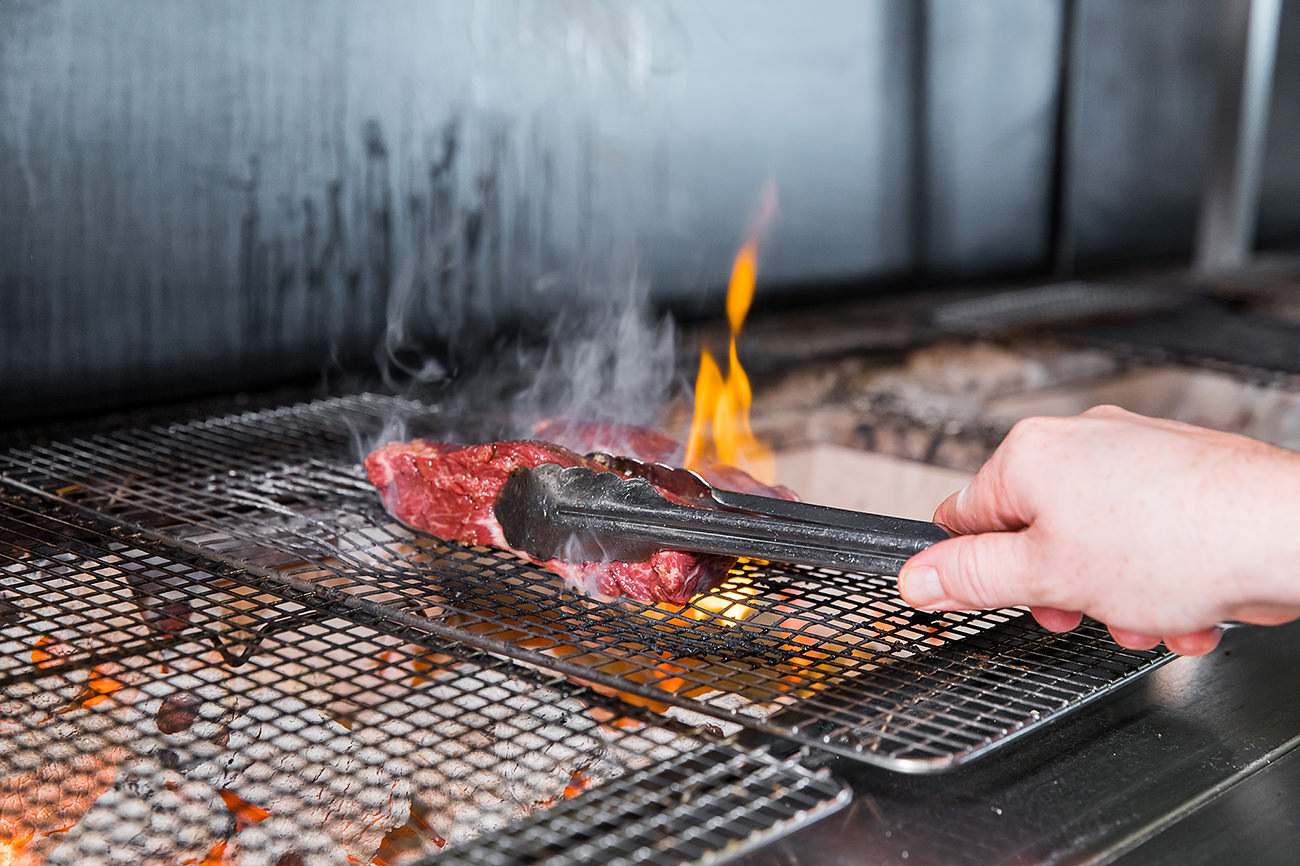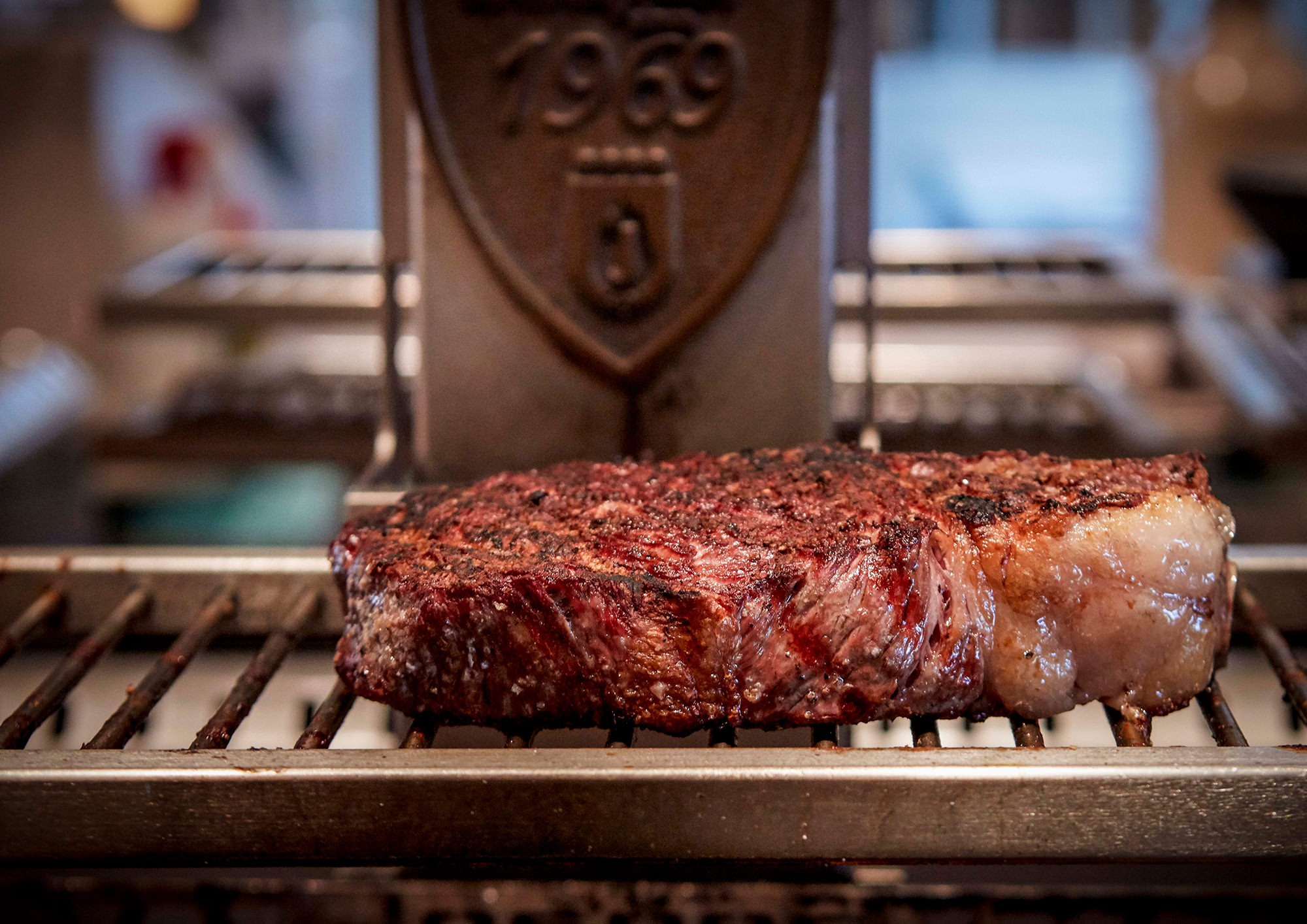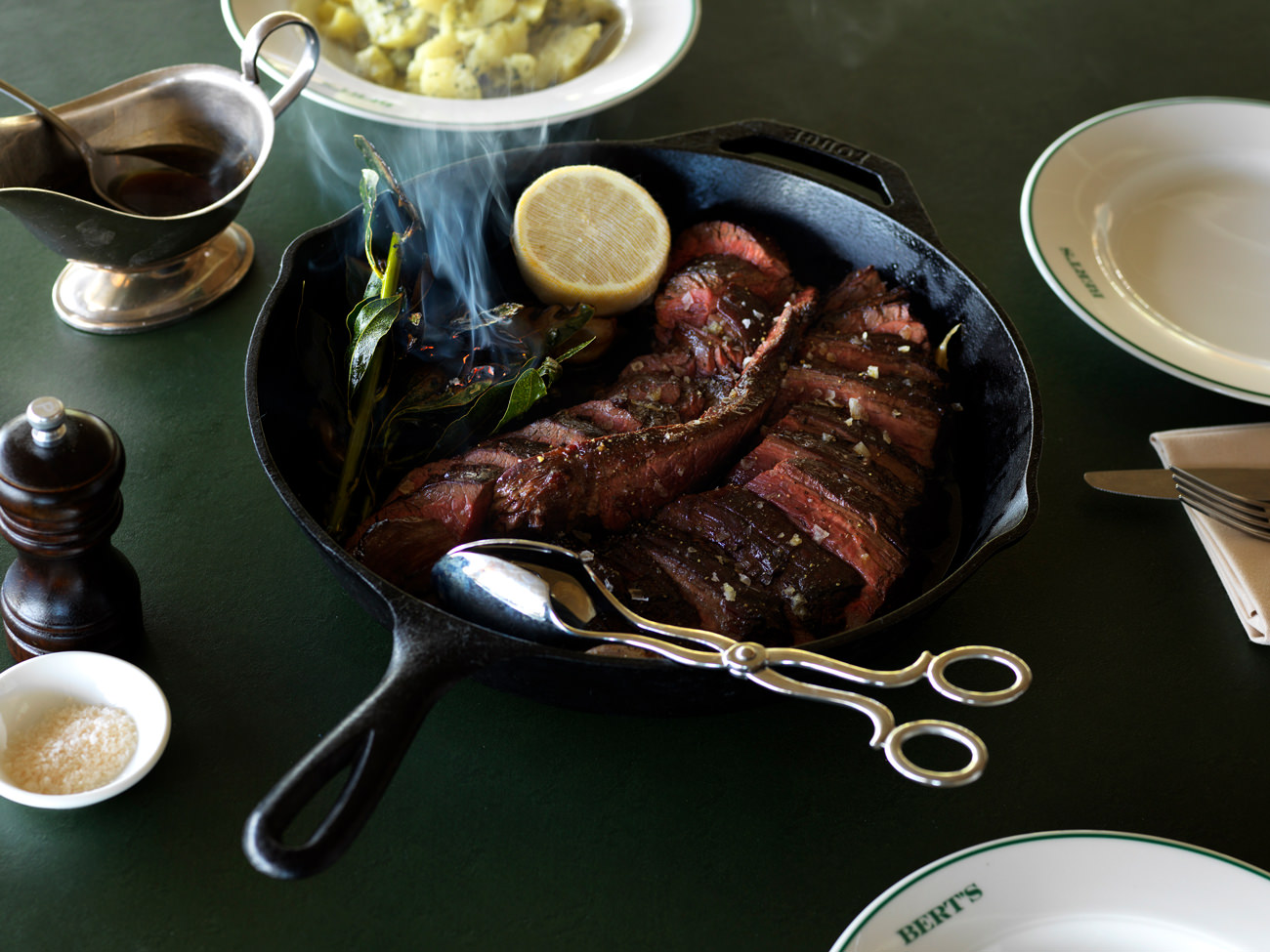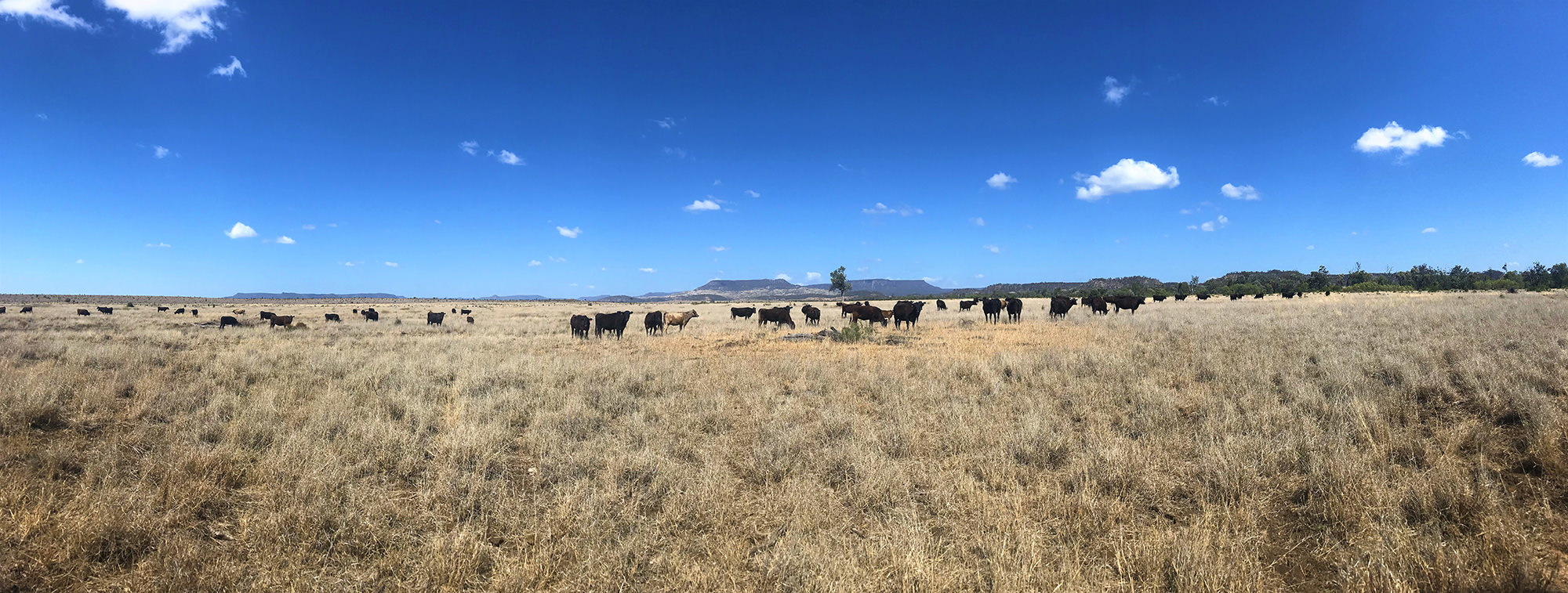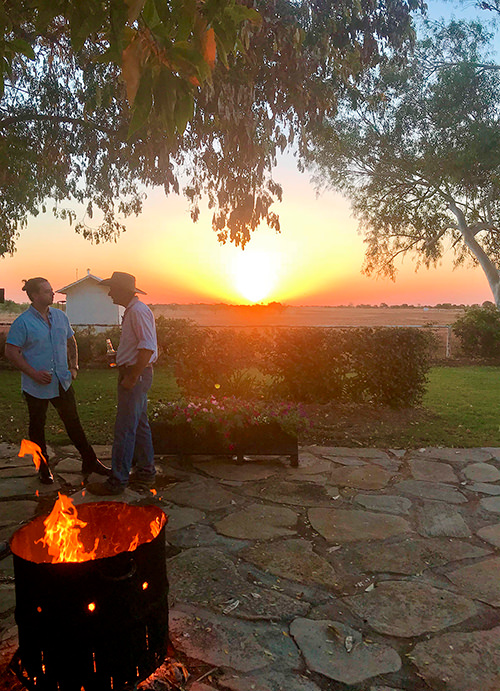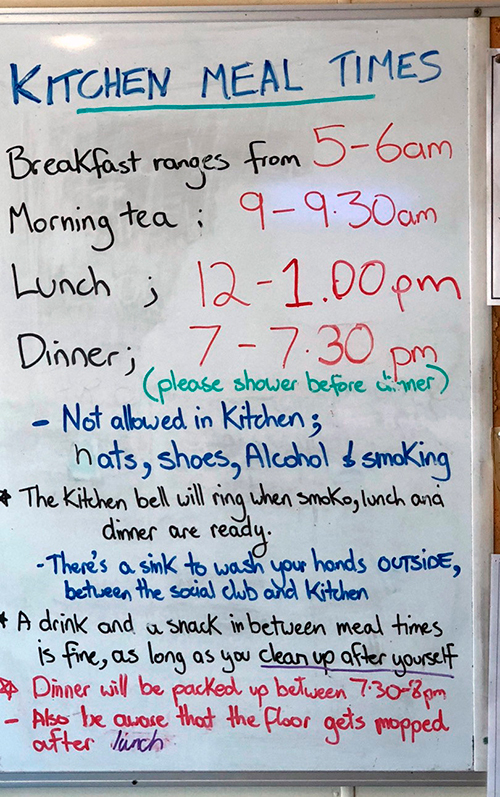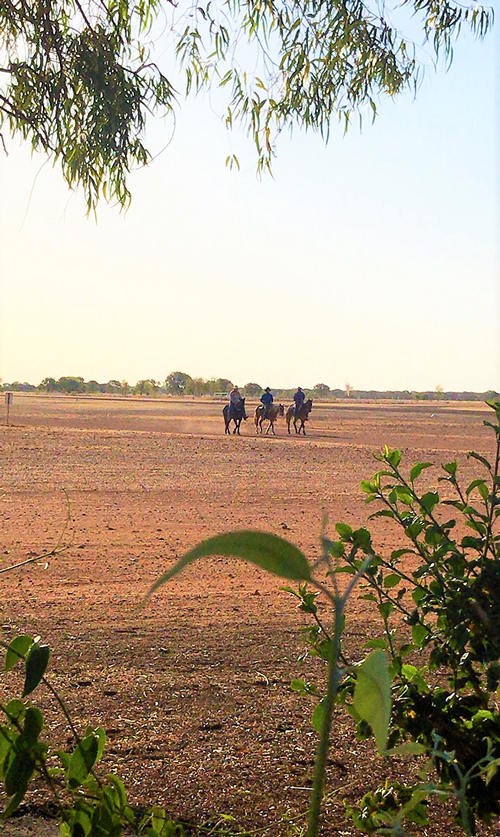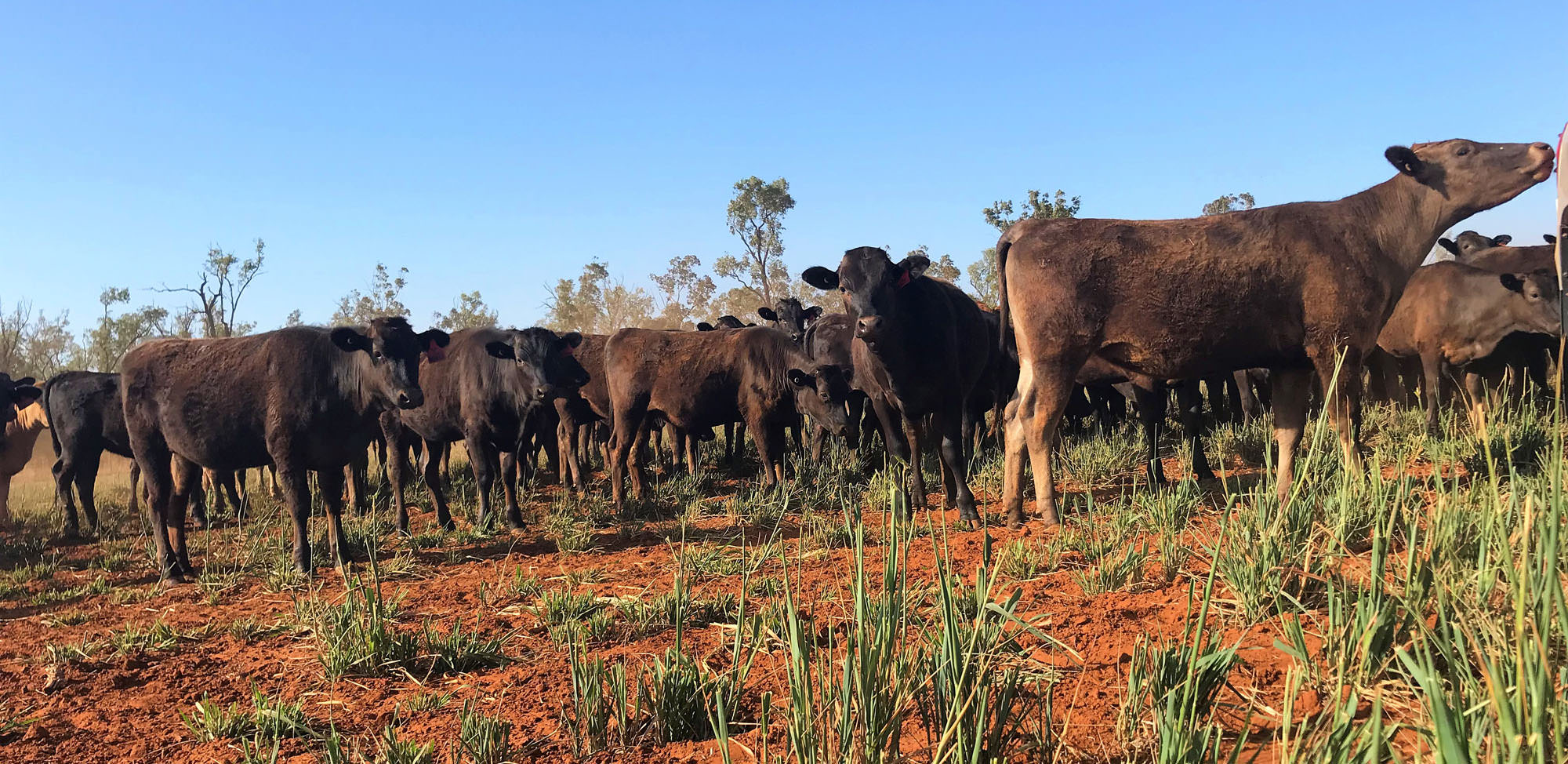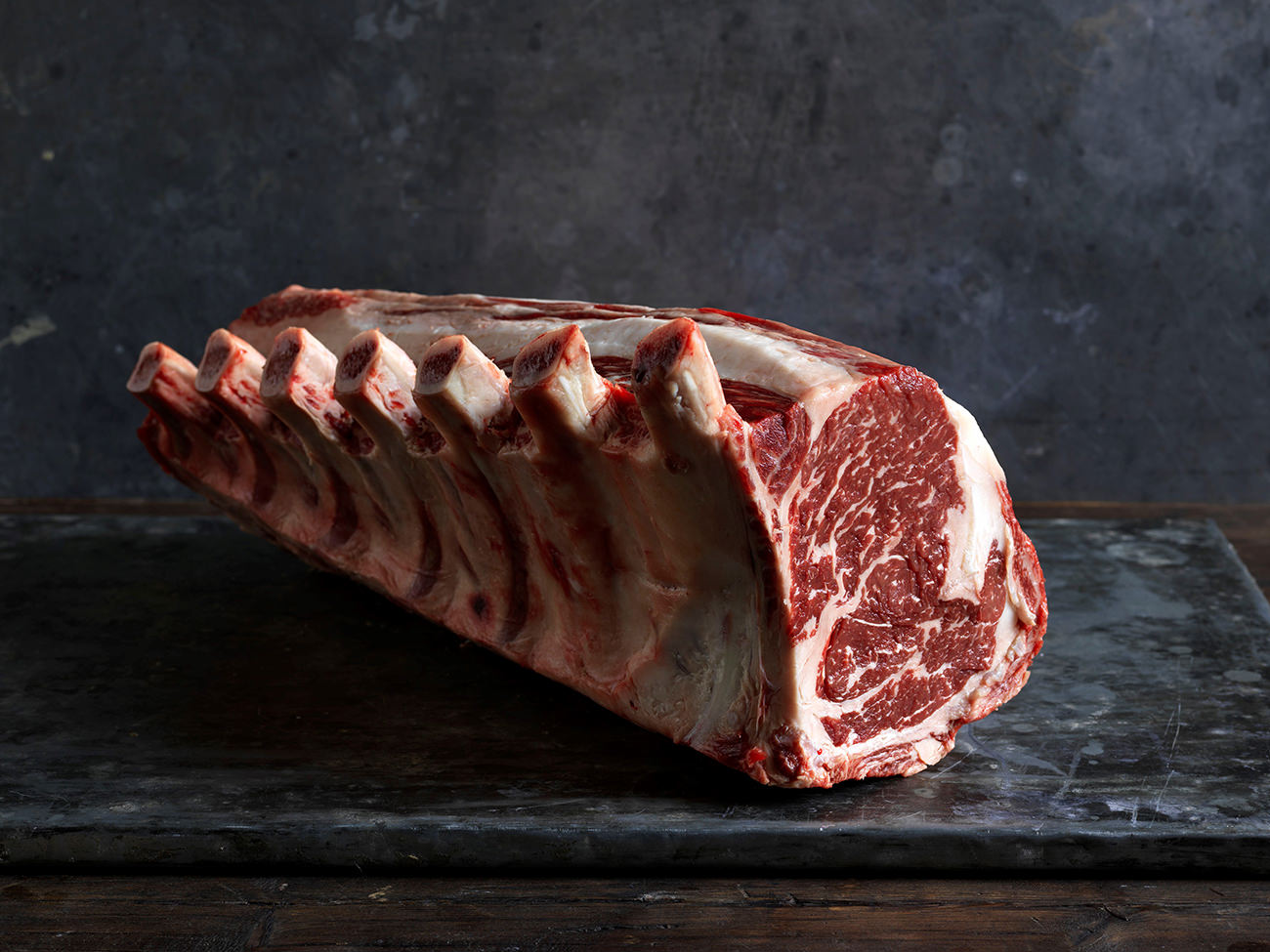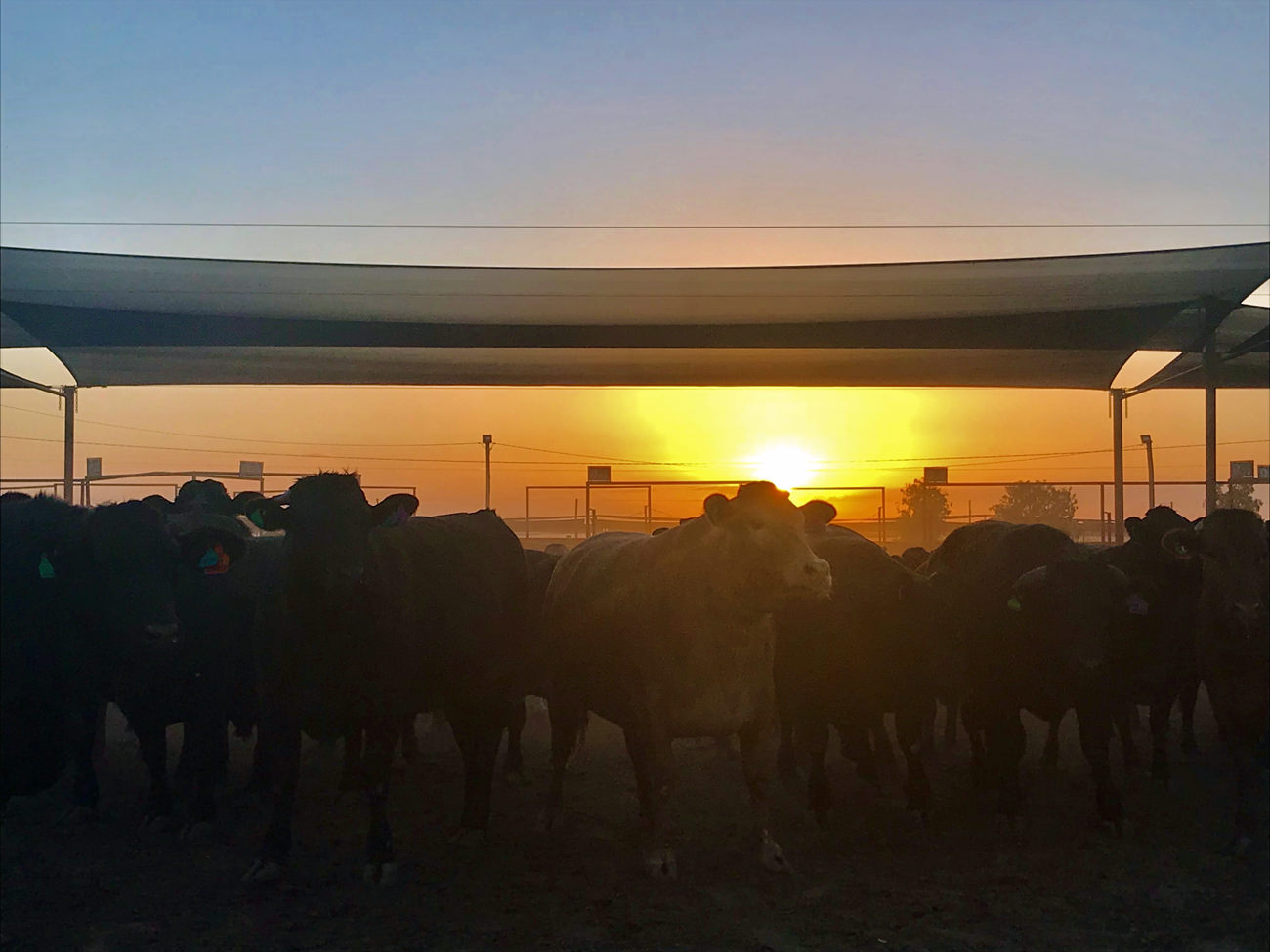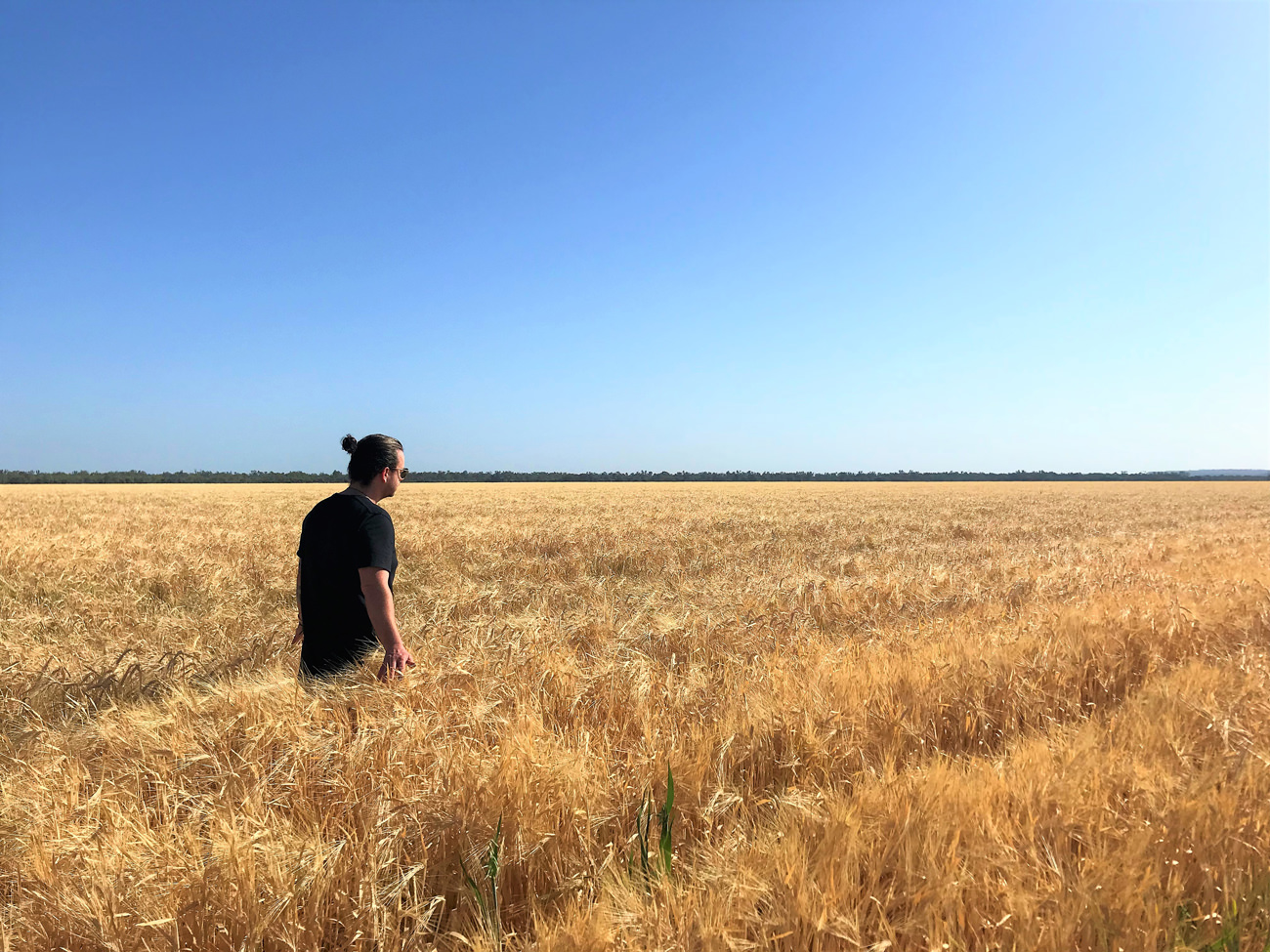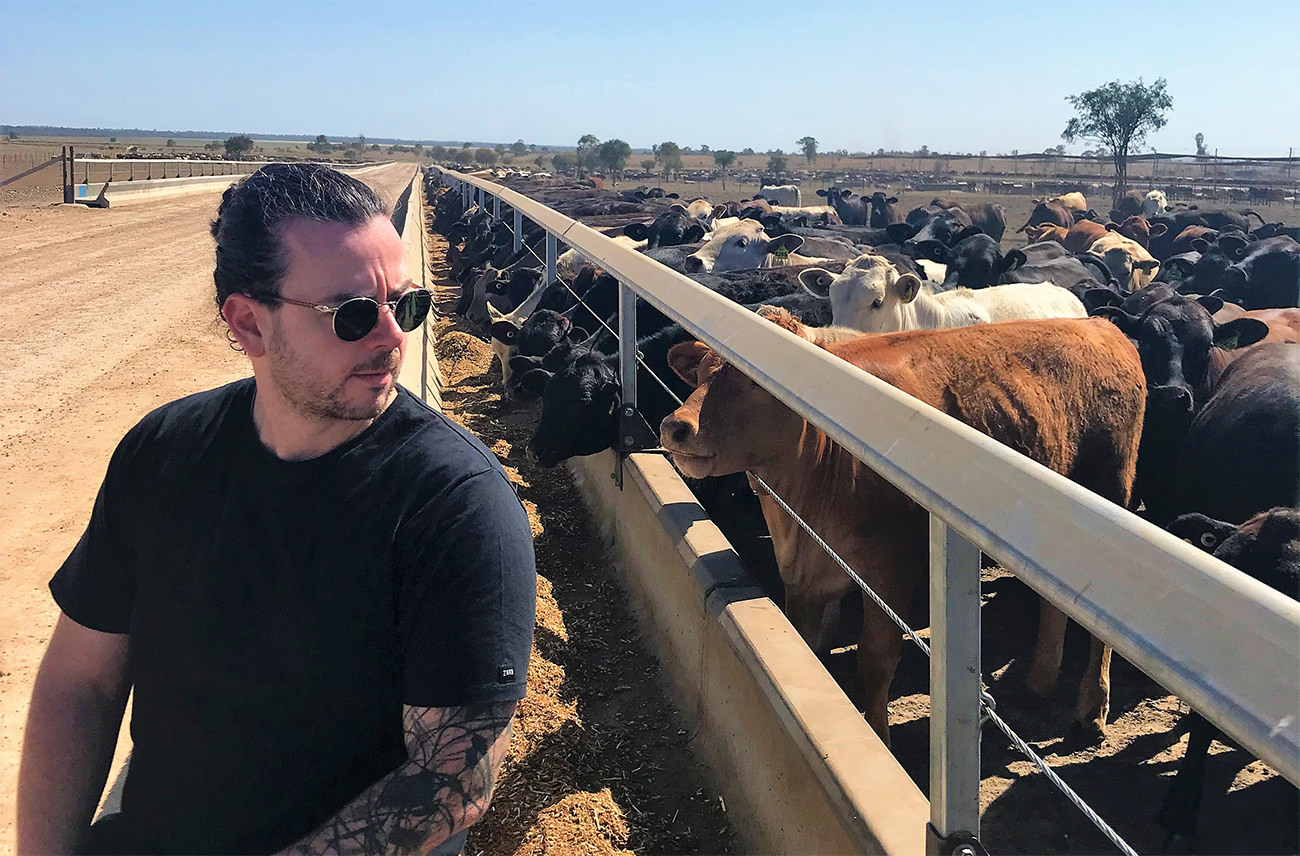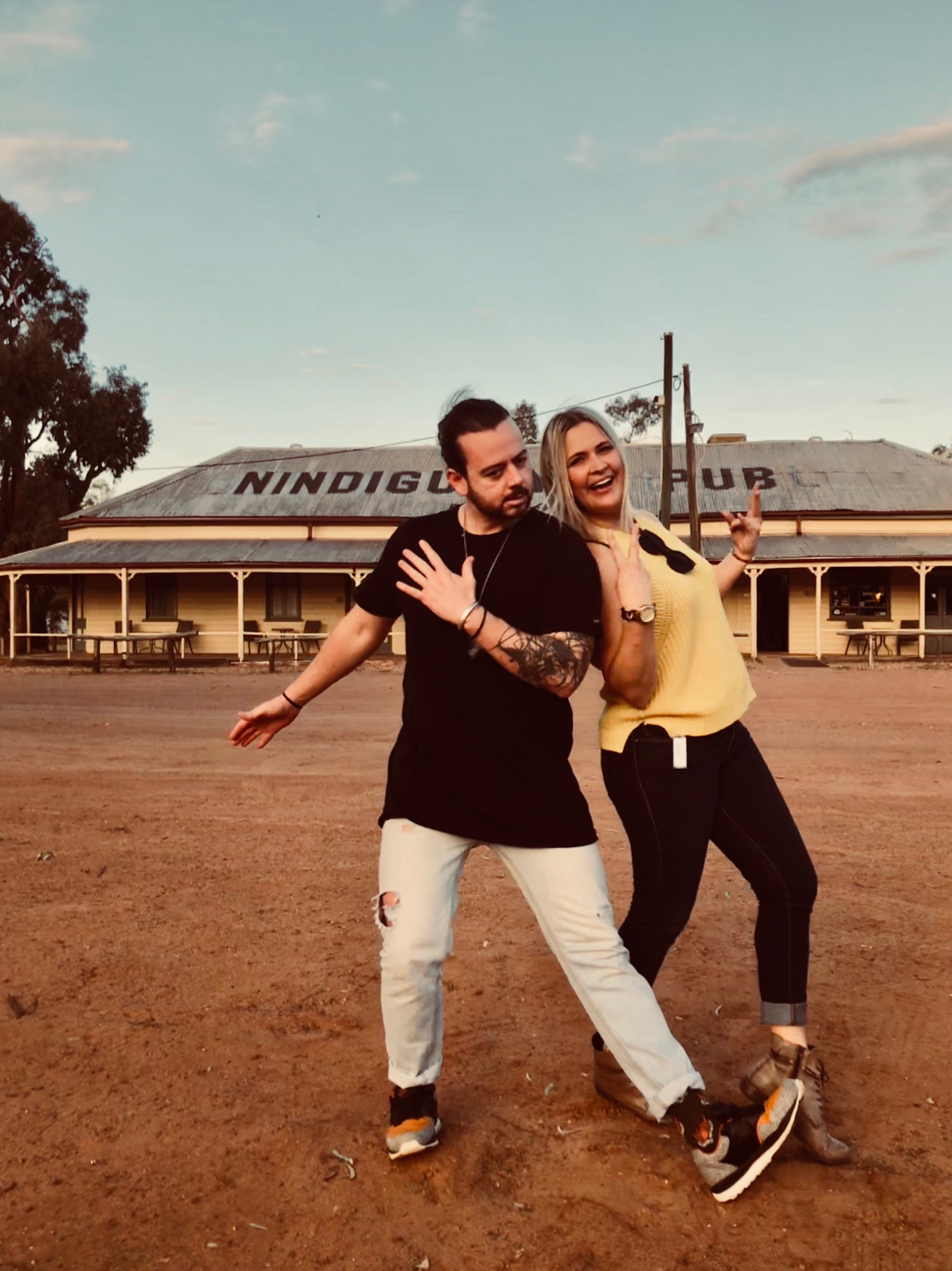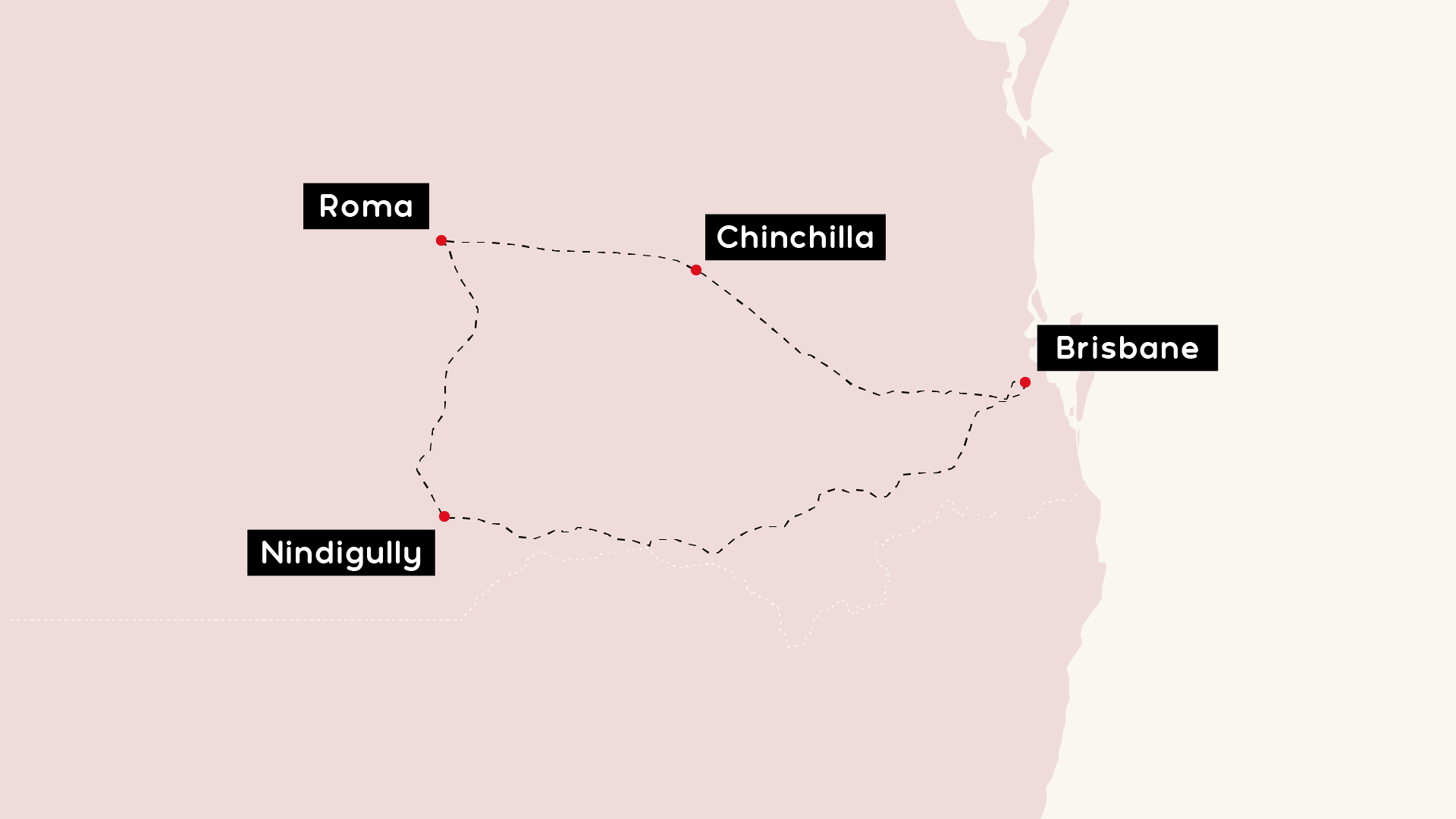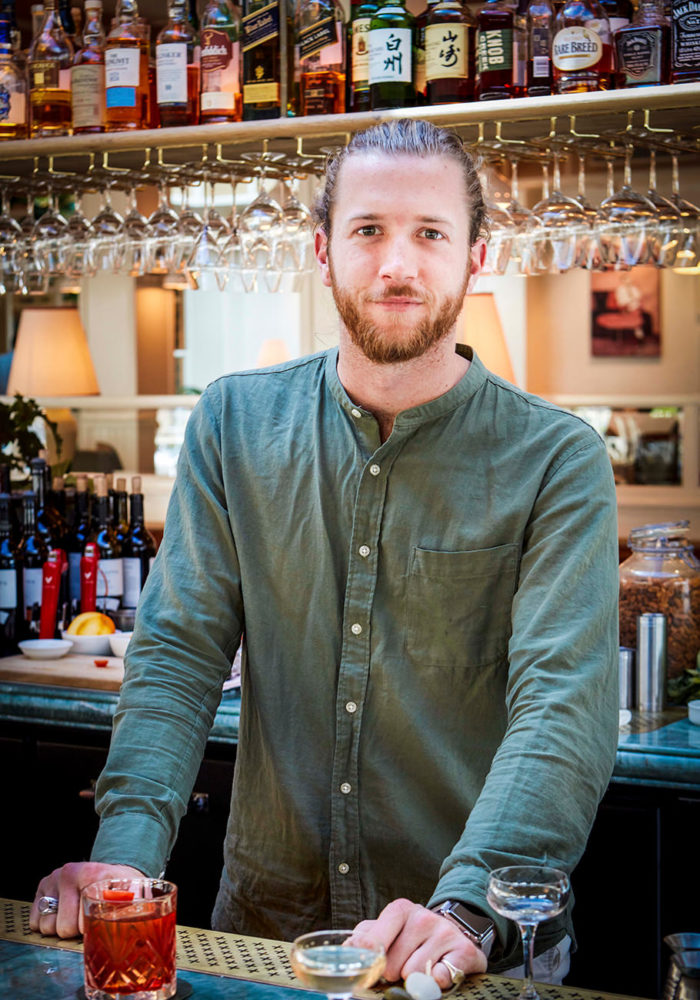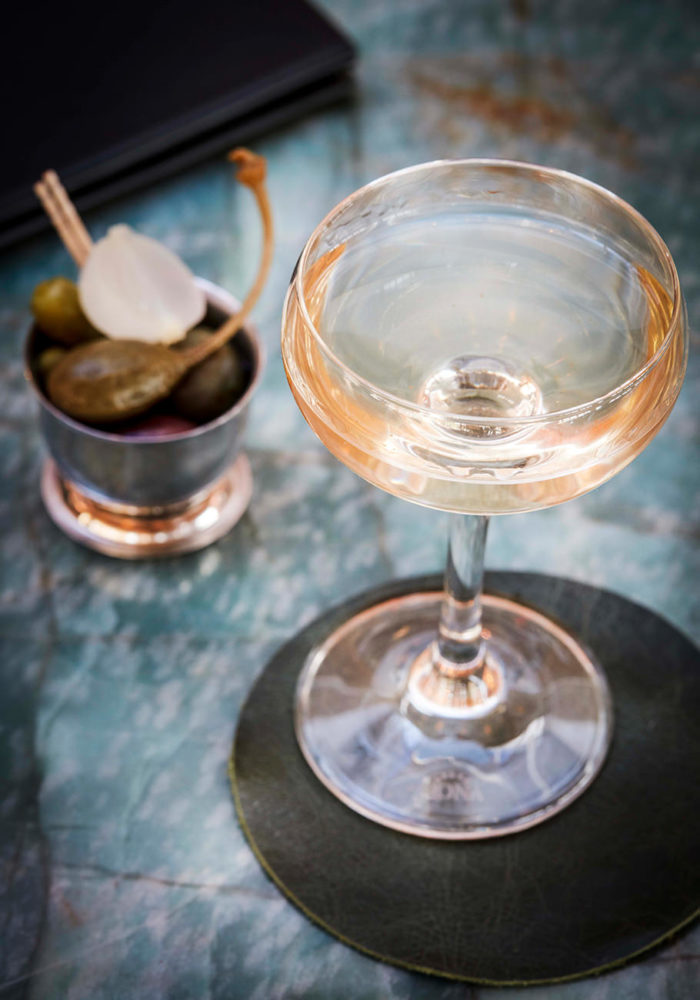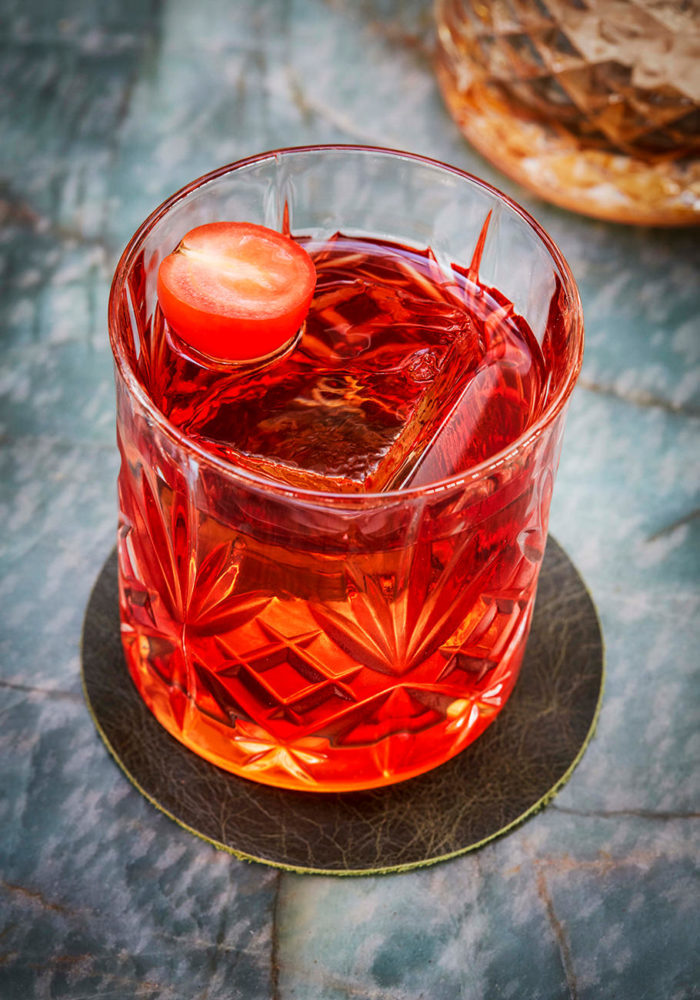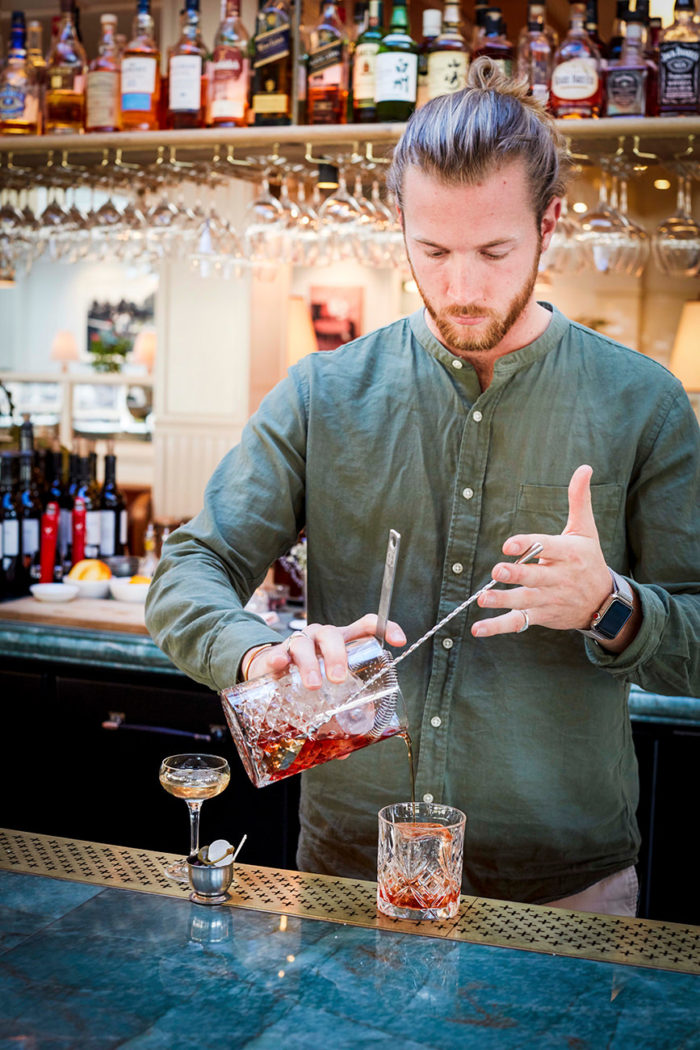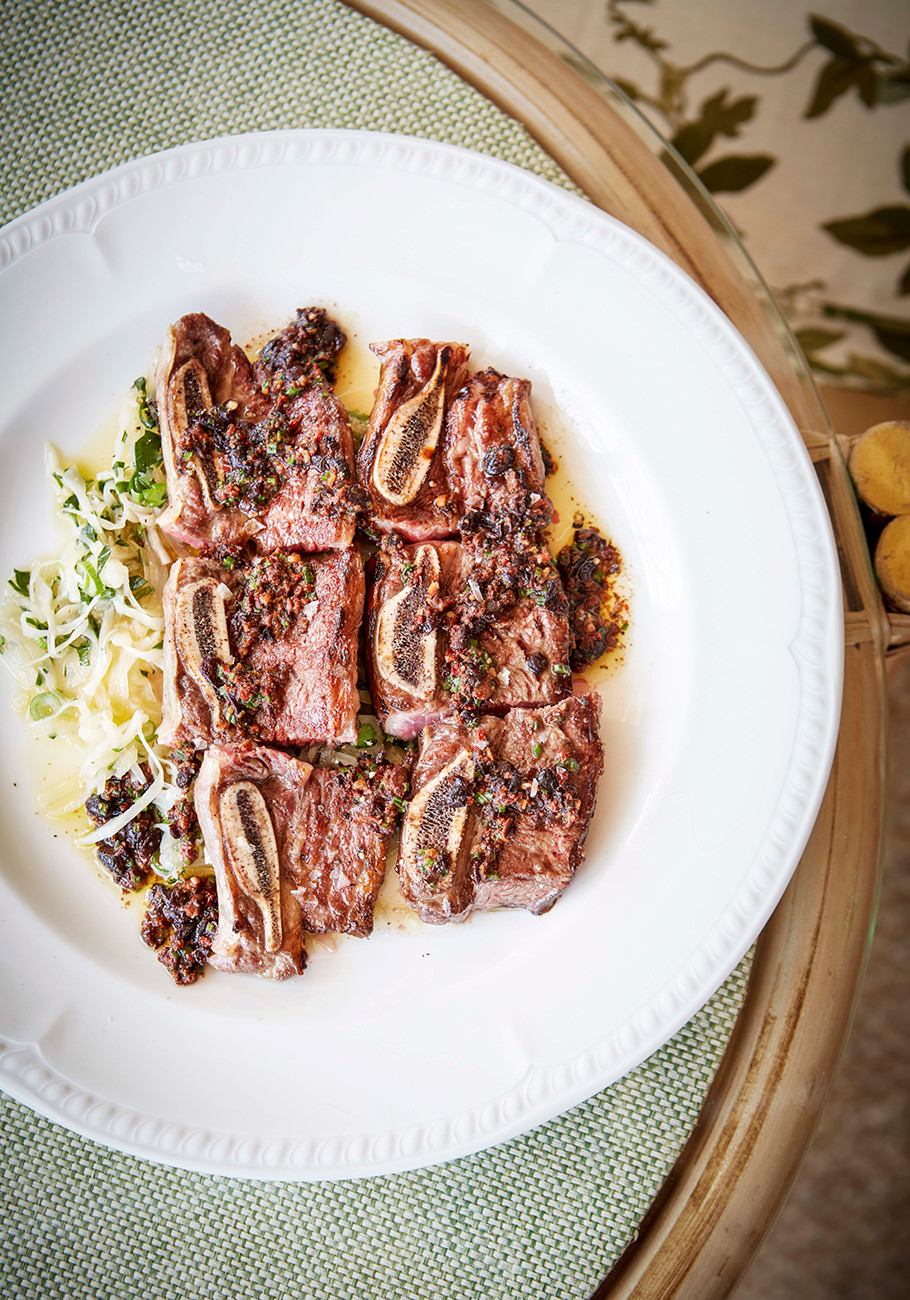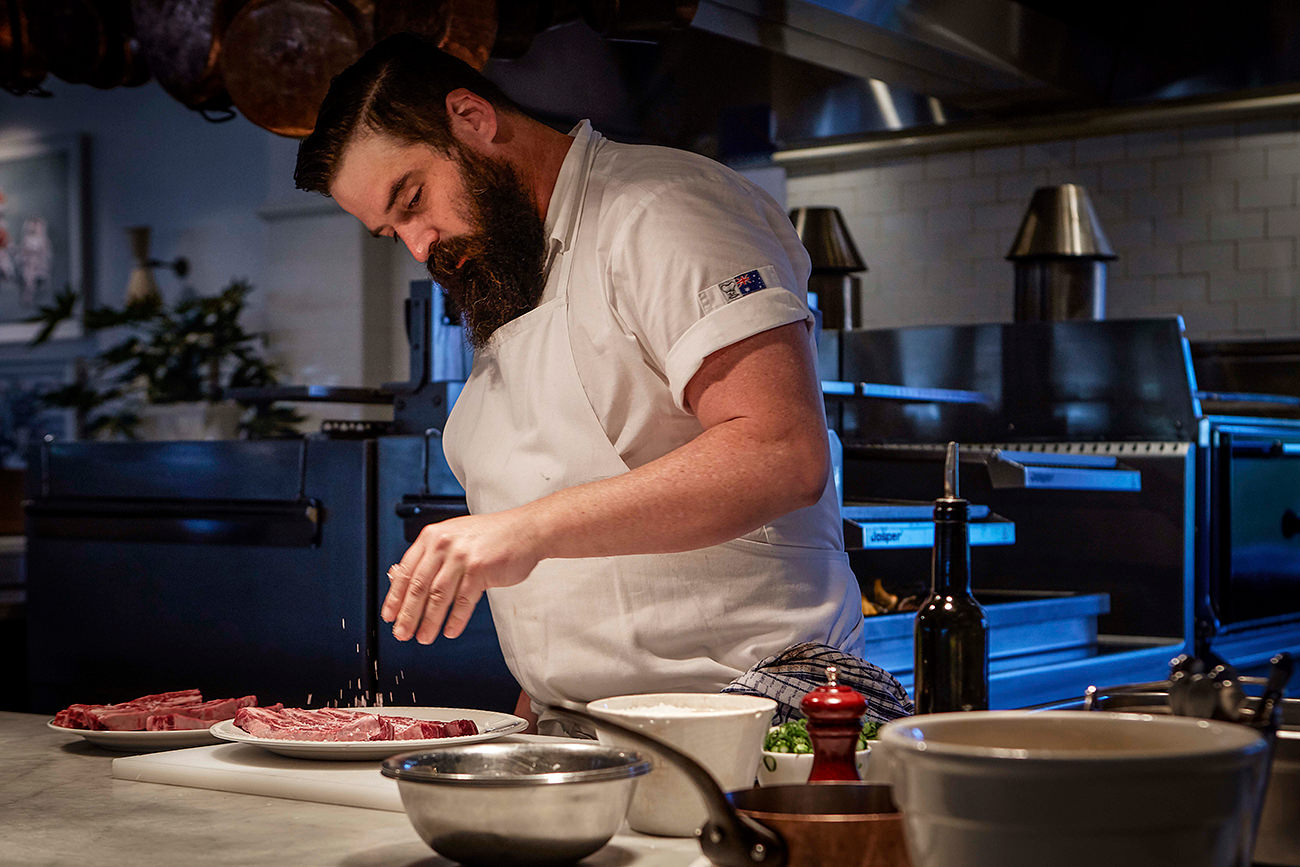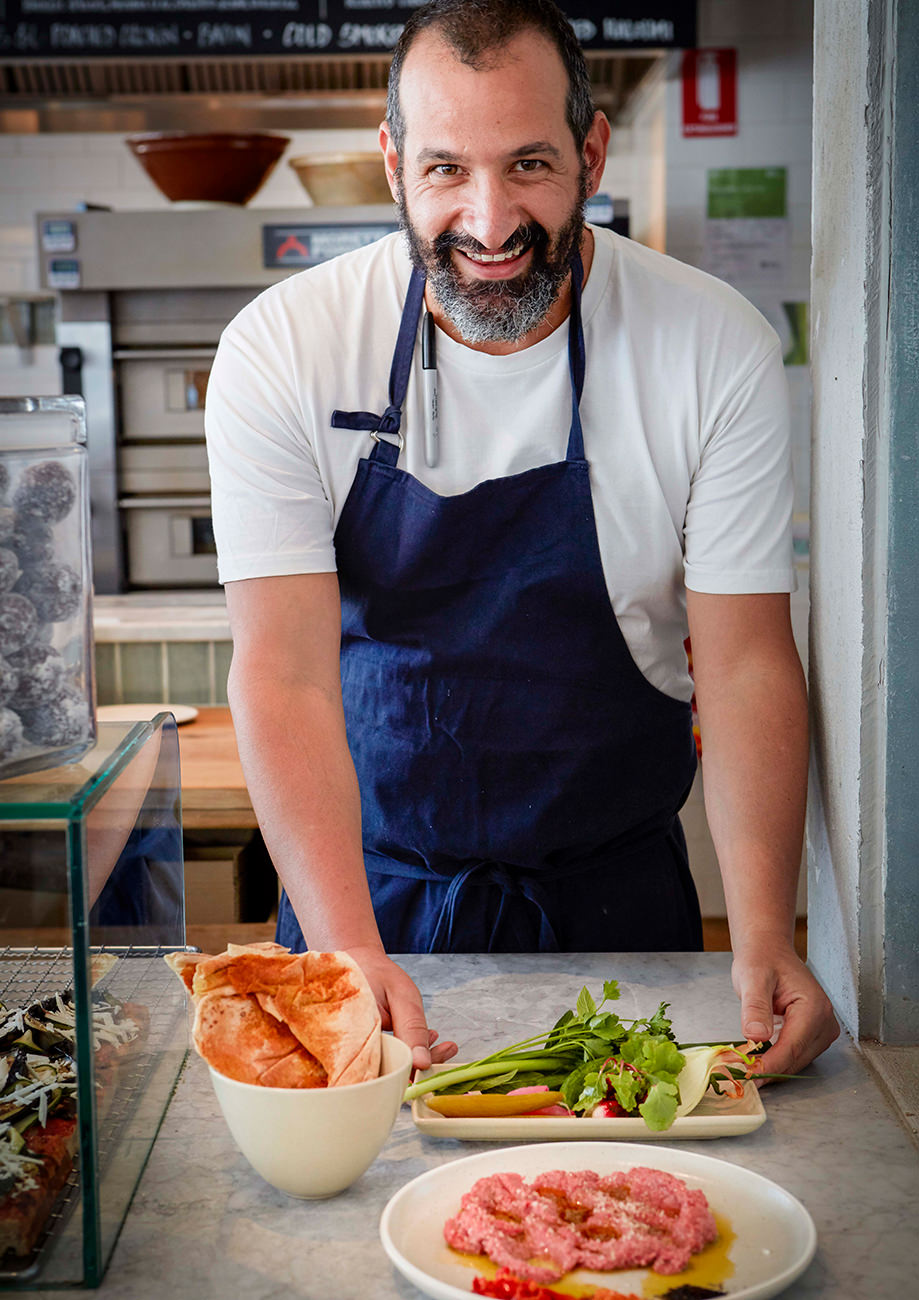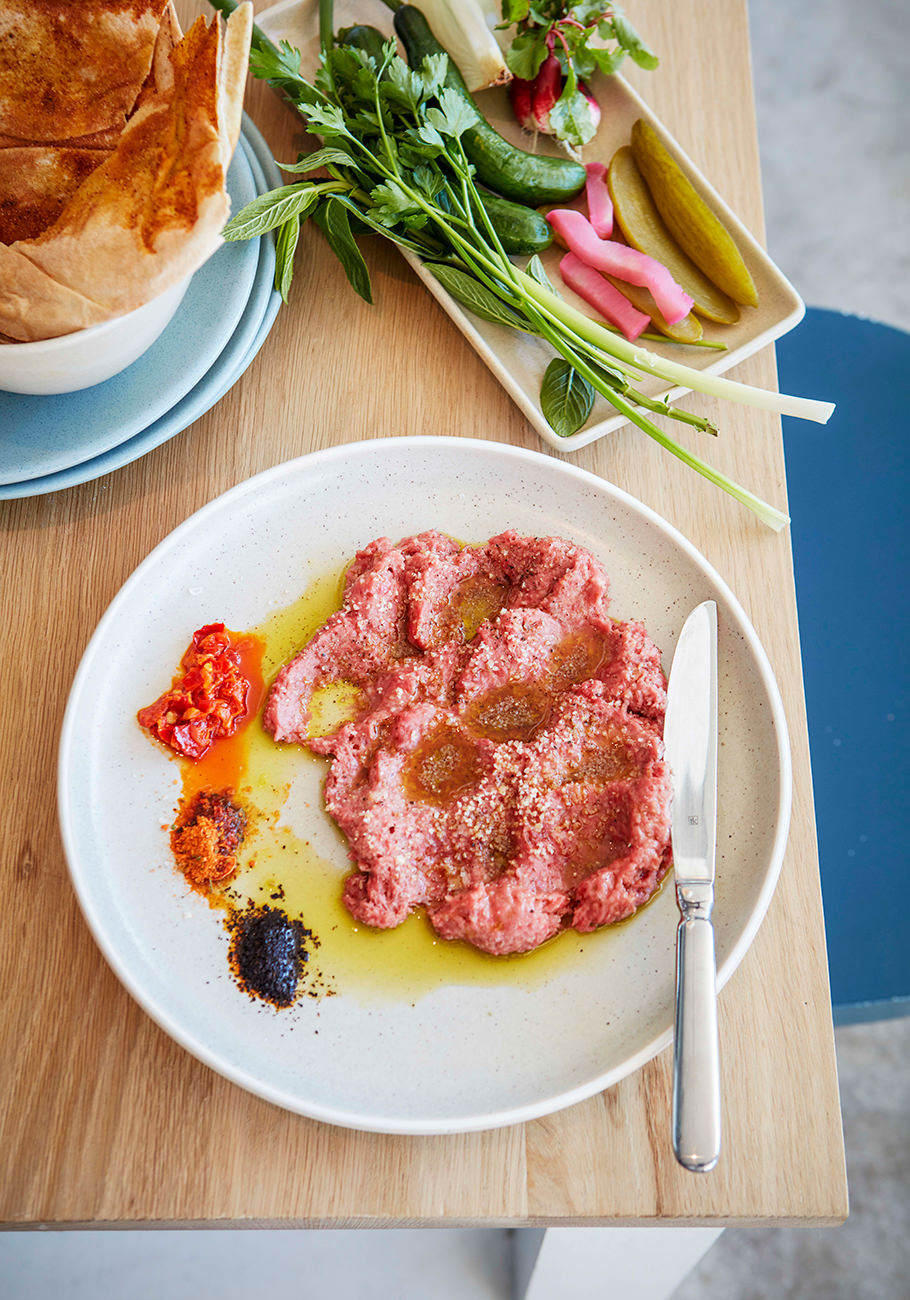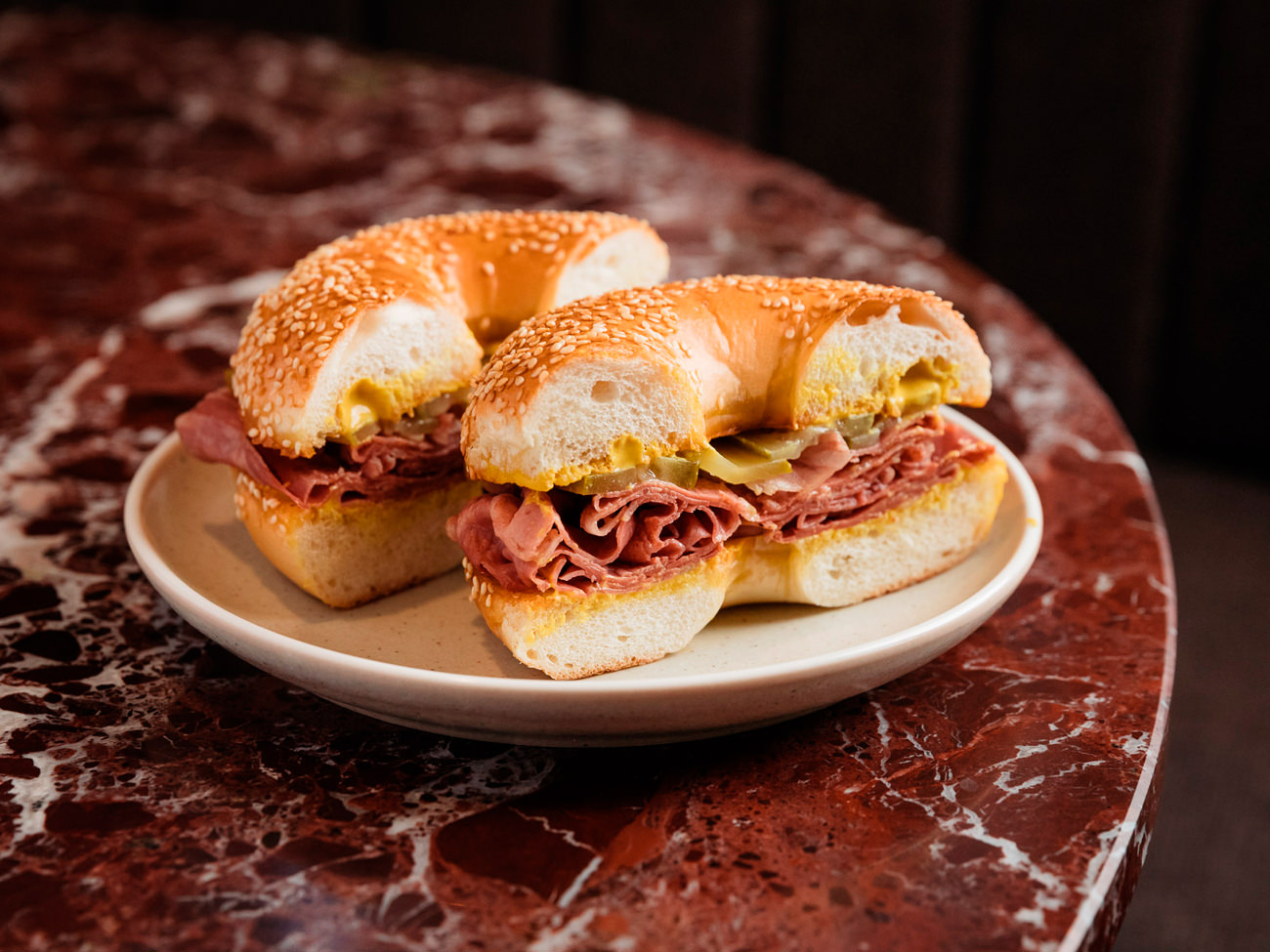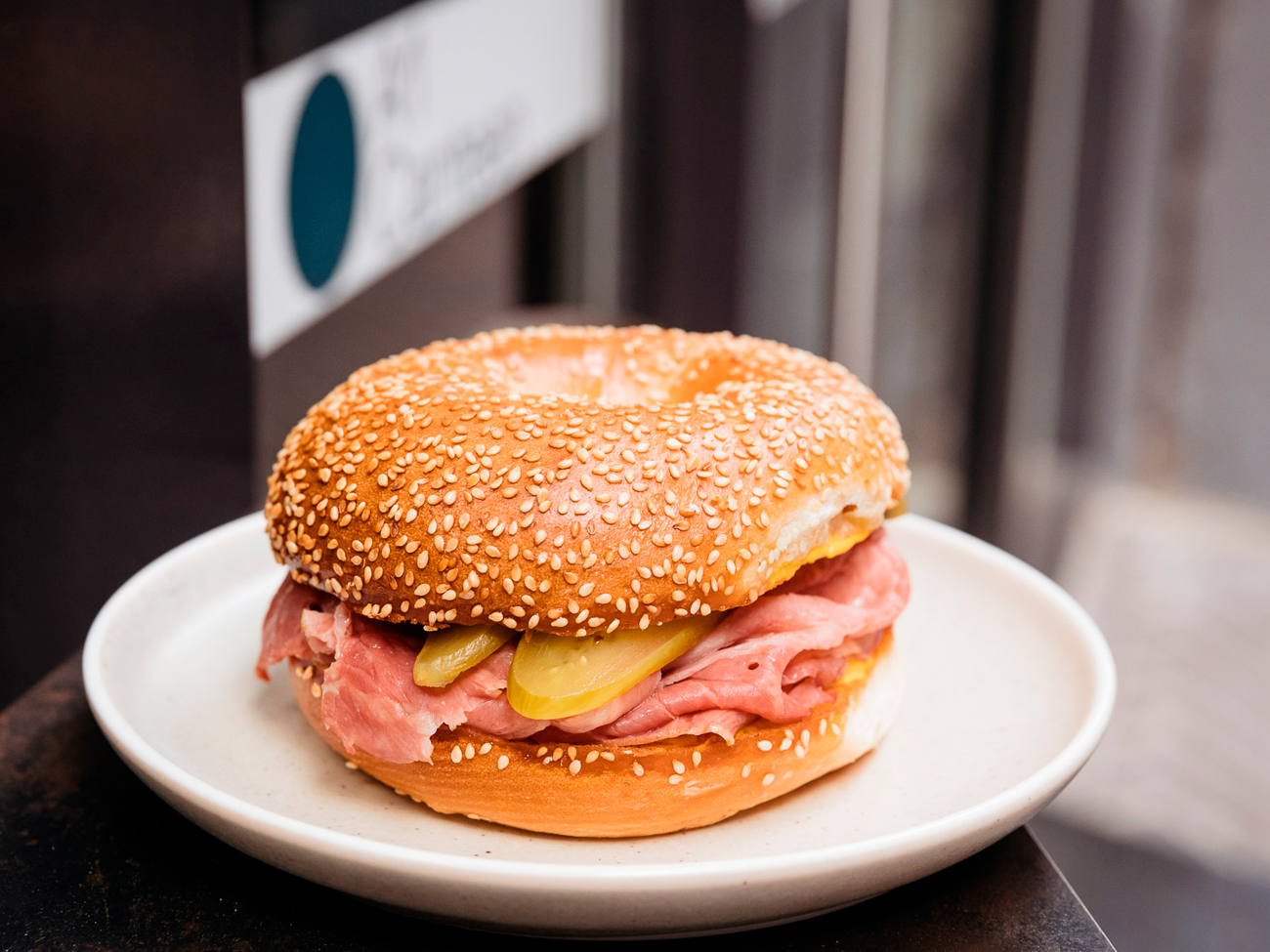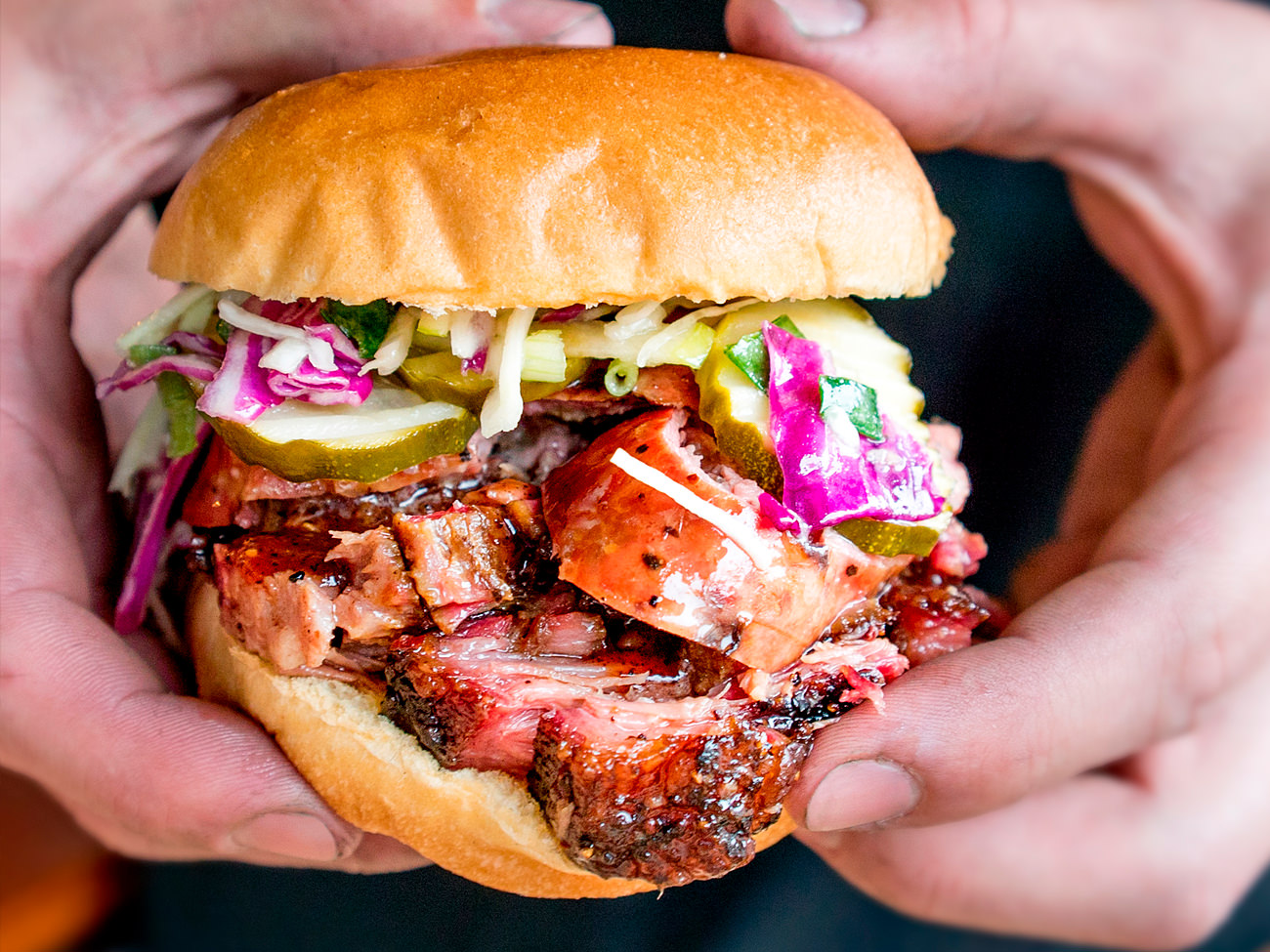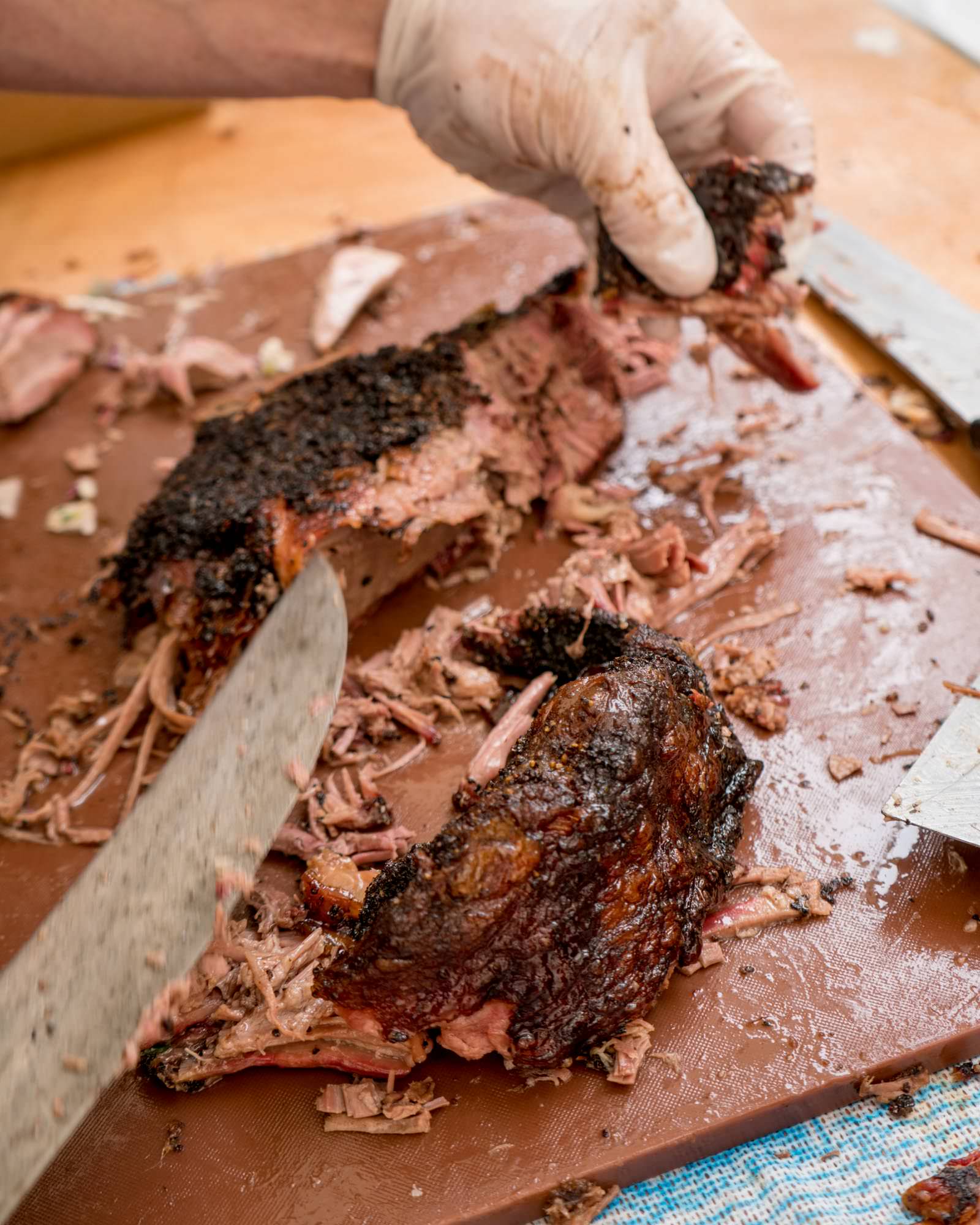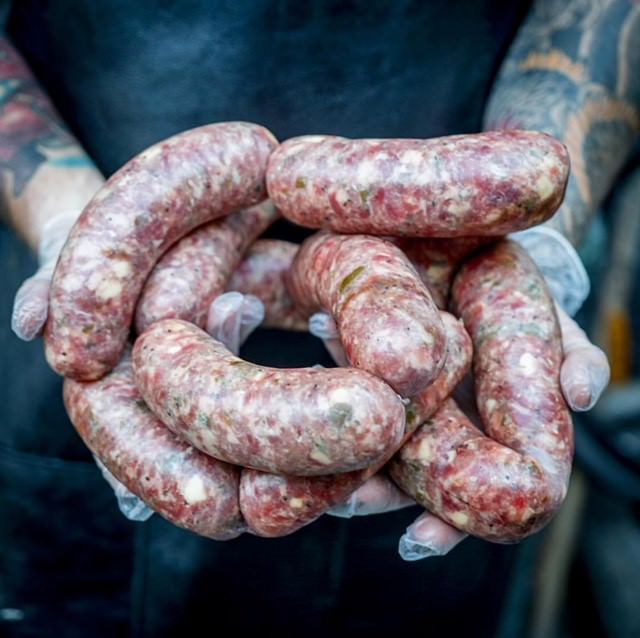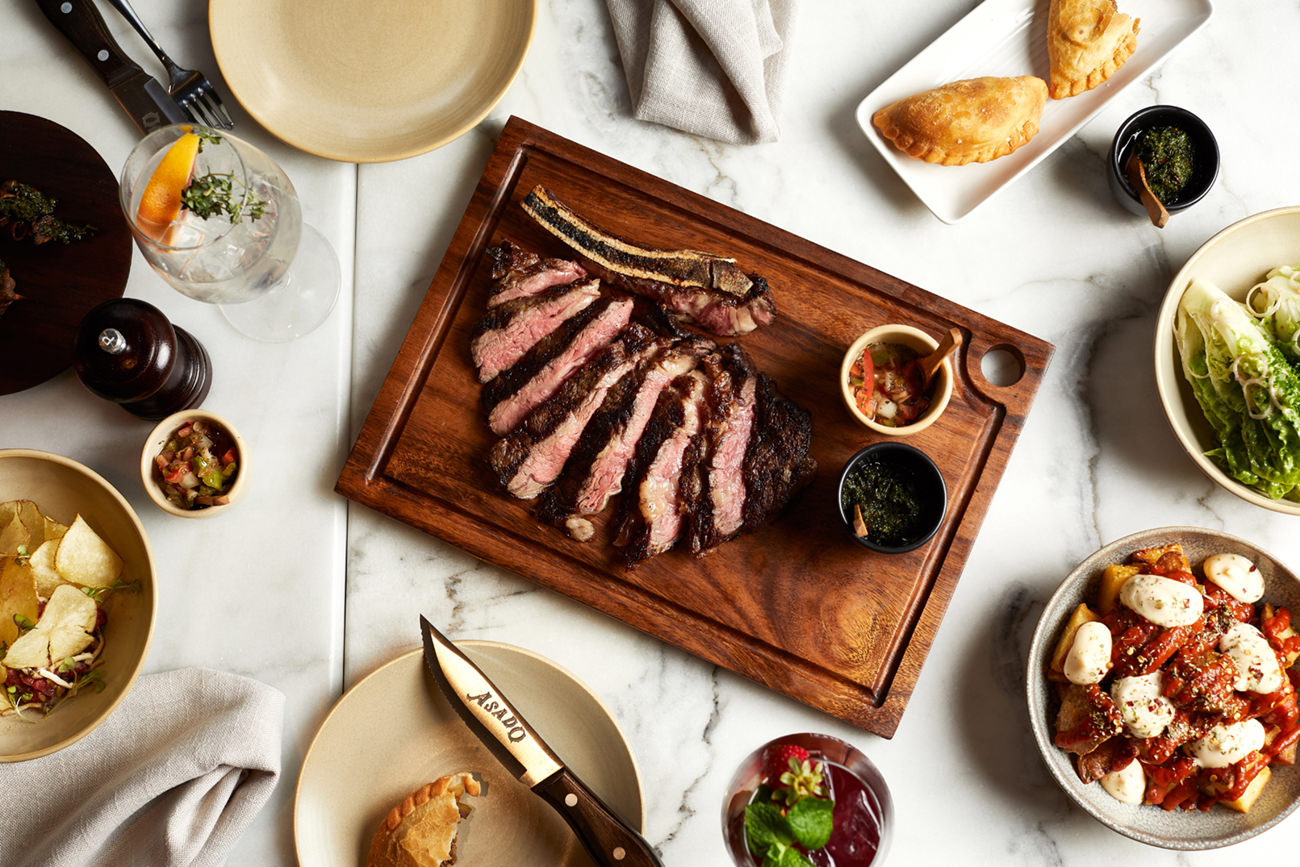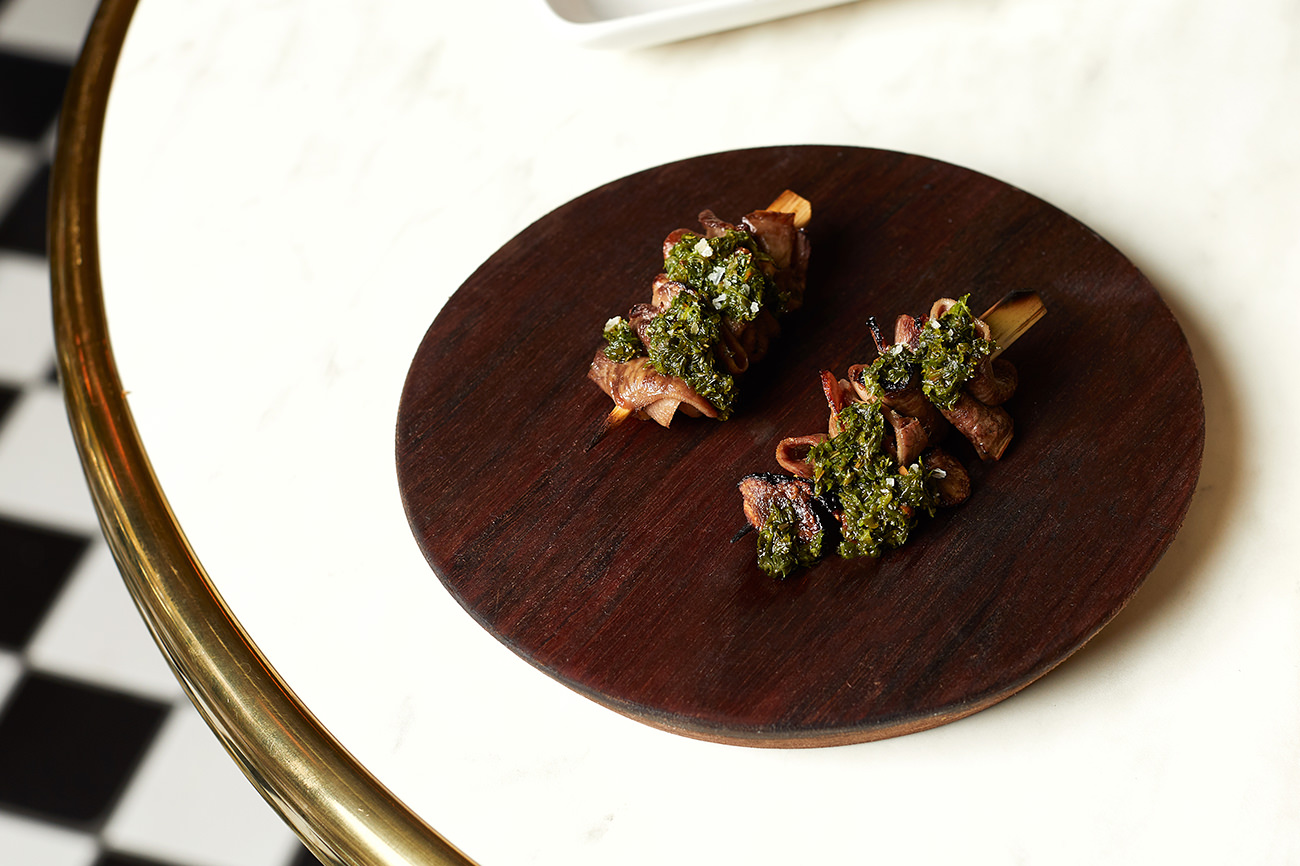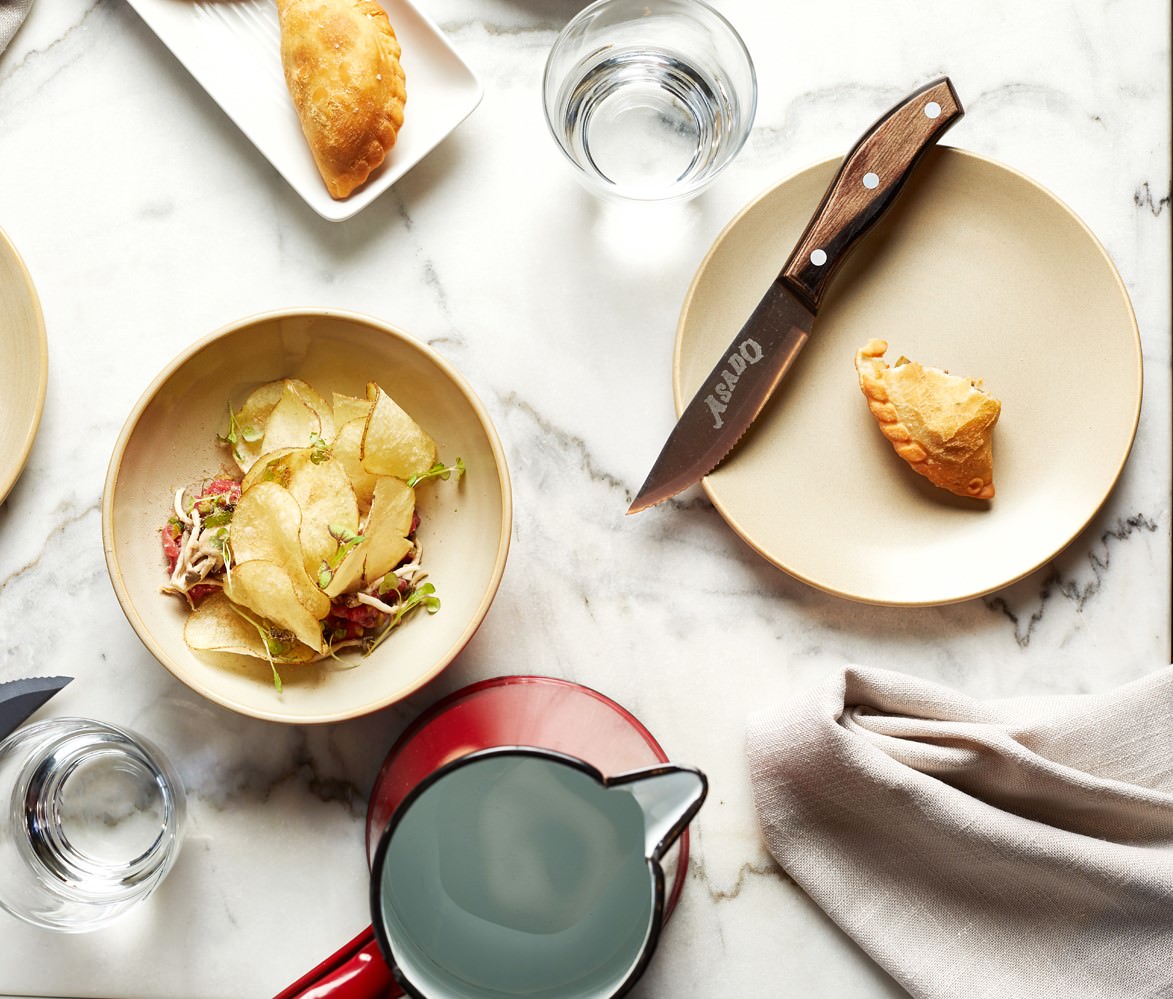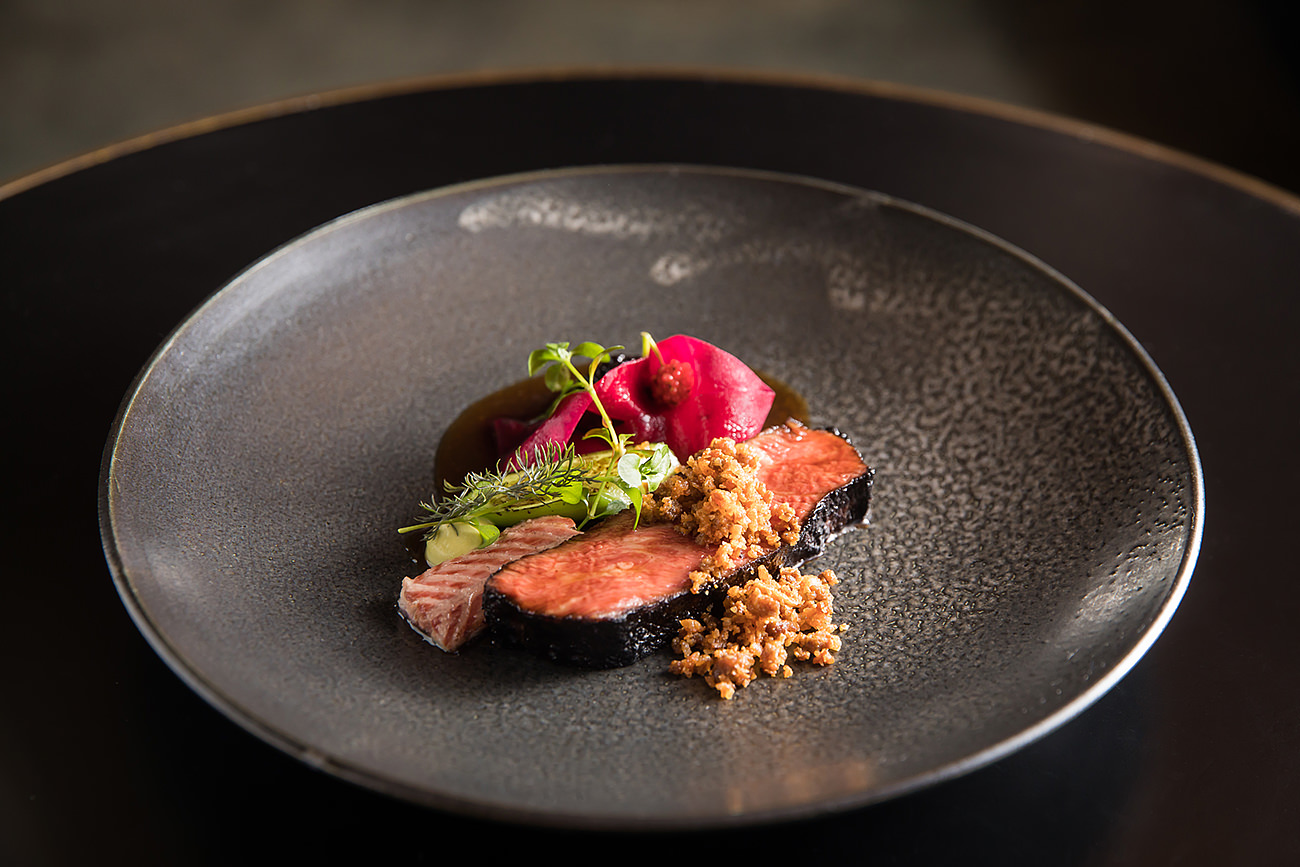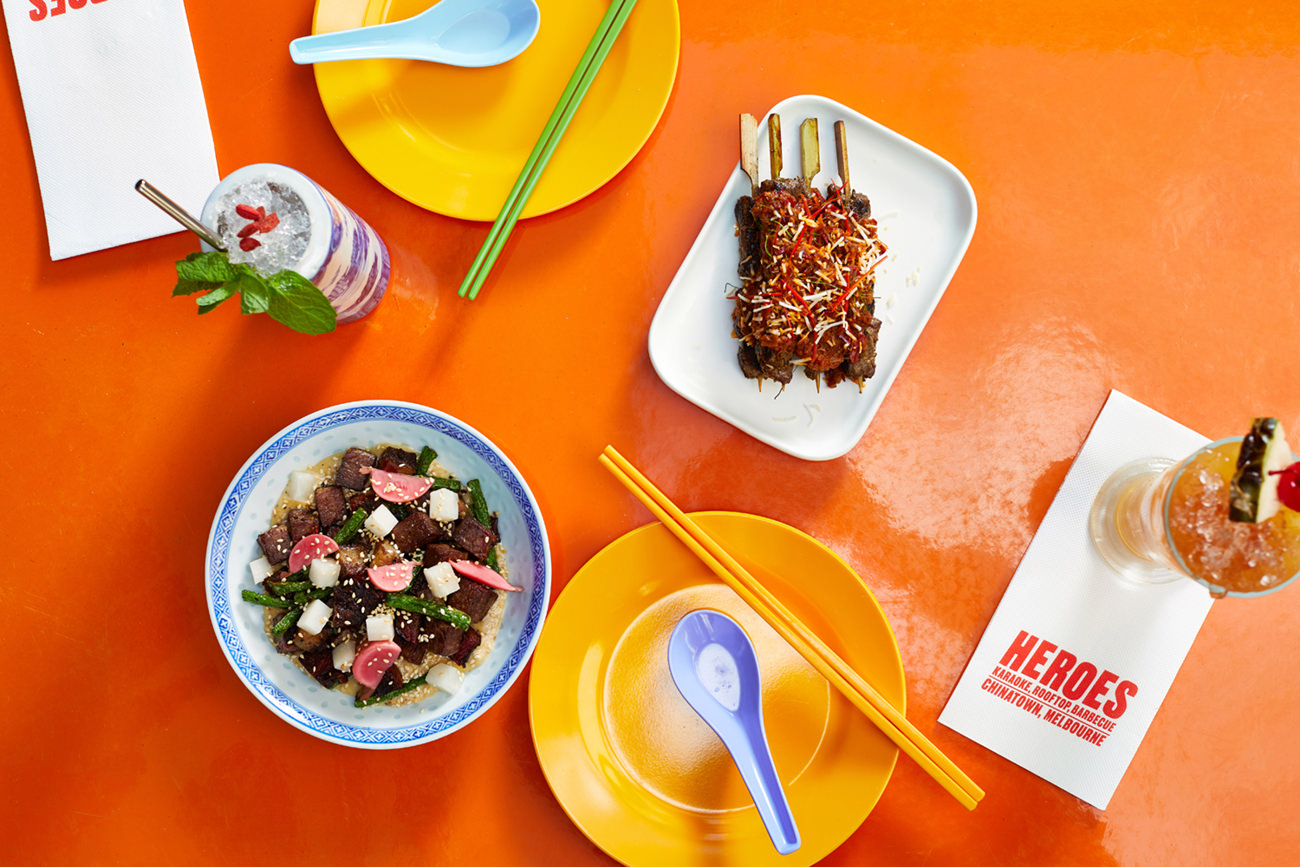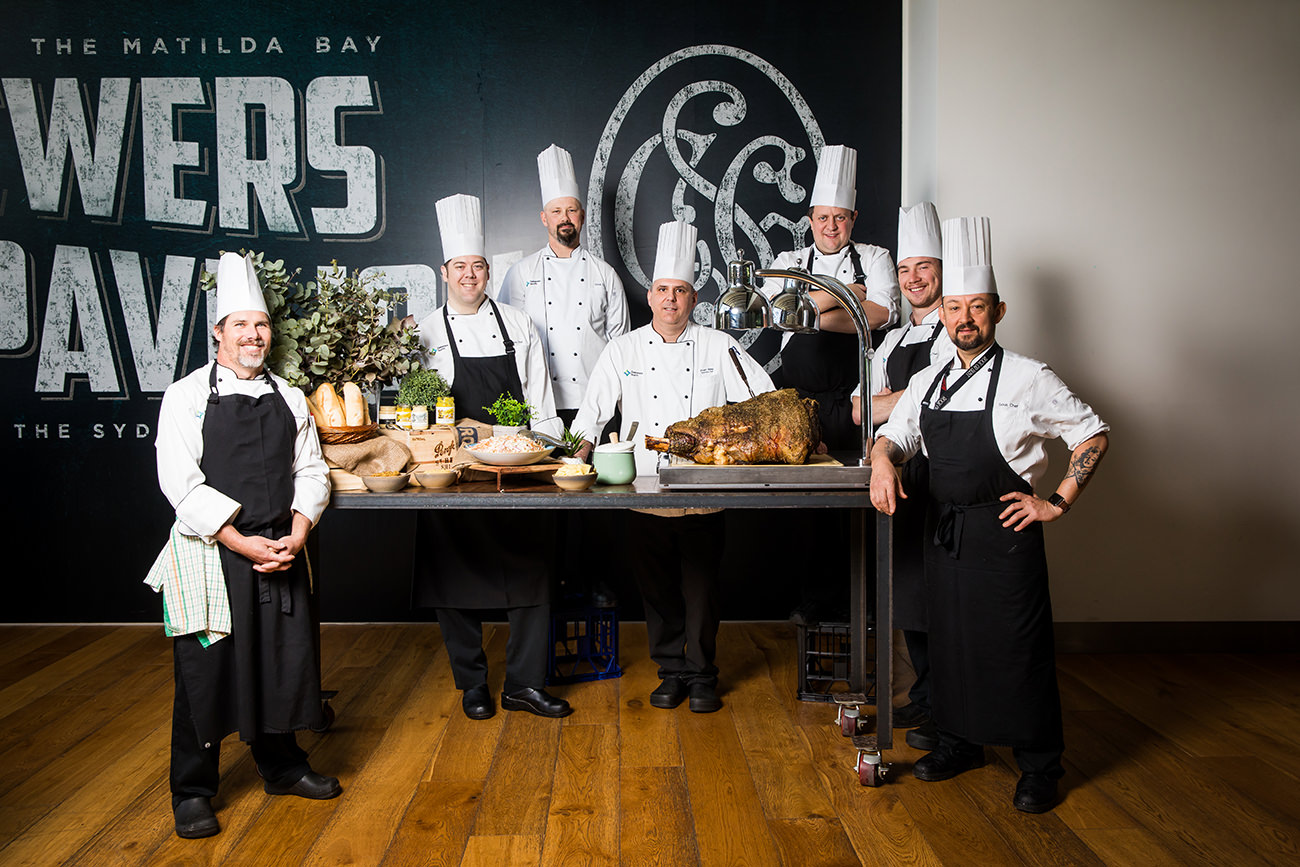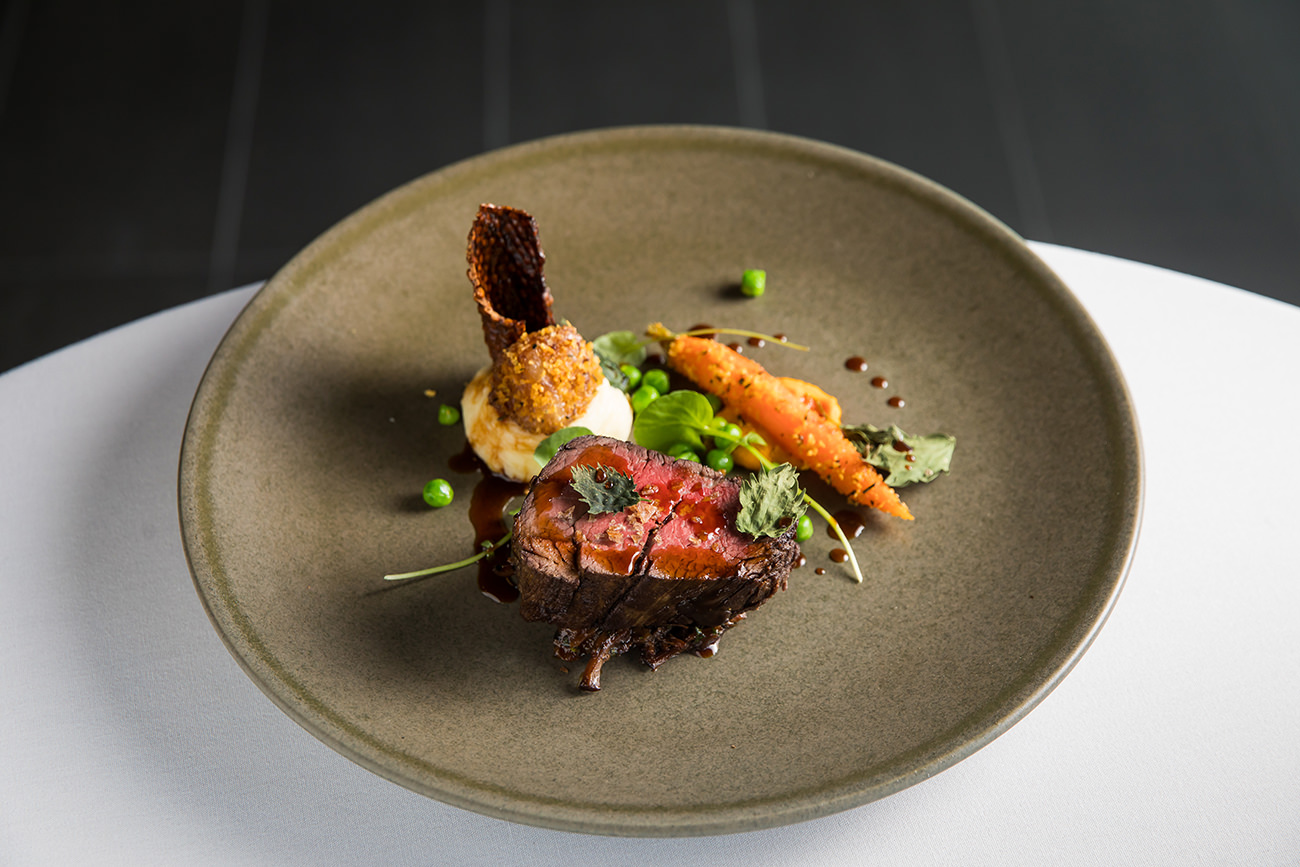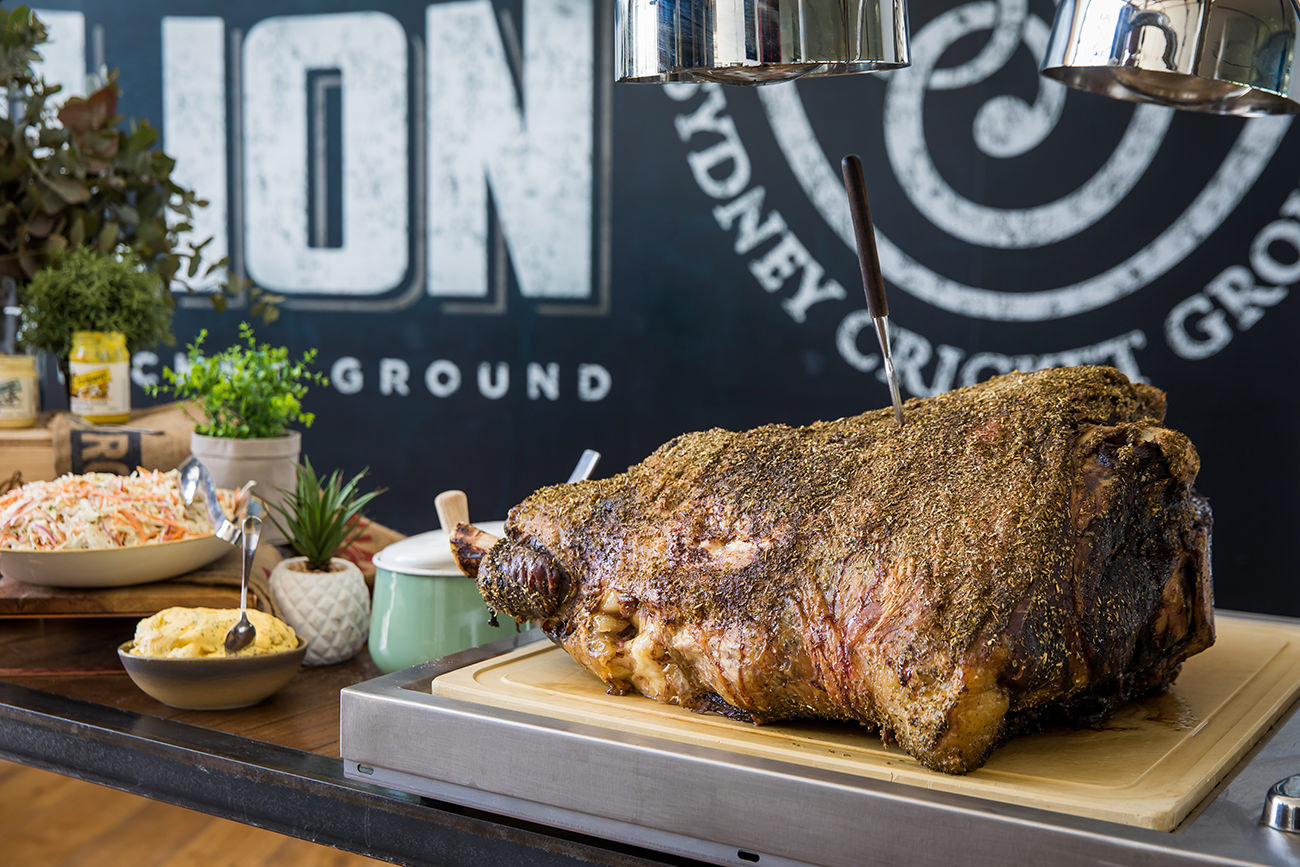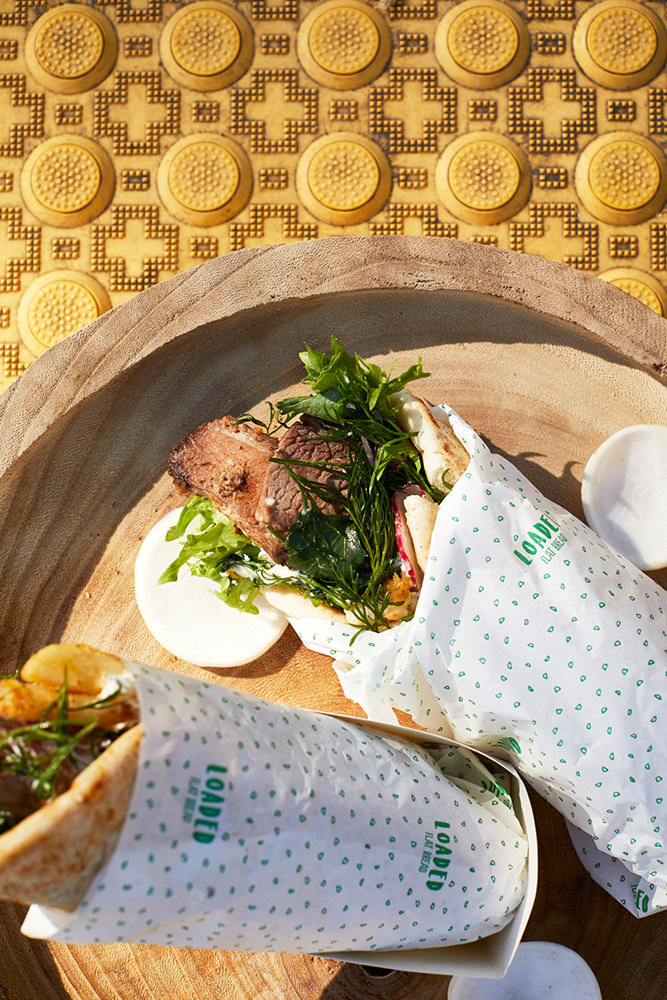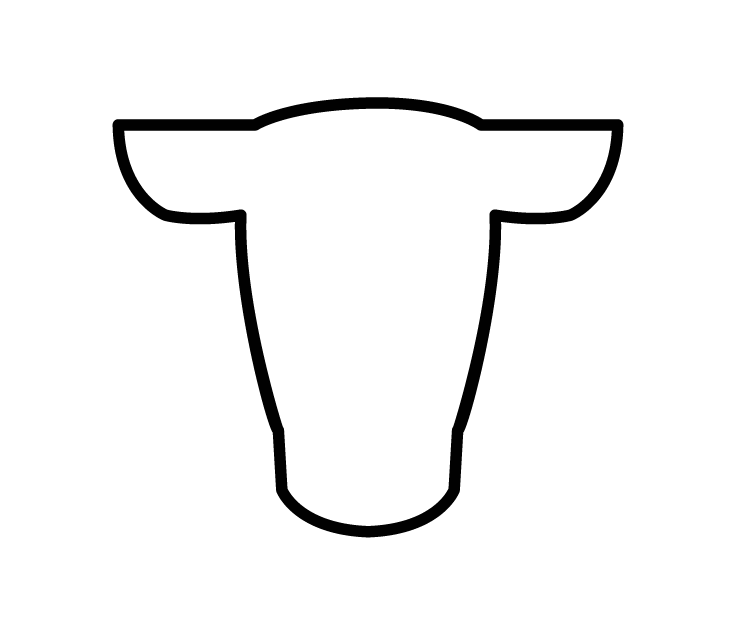Editors’
Letters
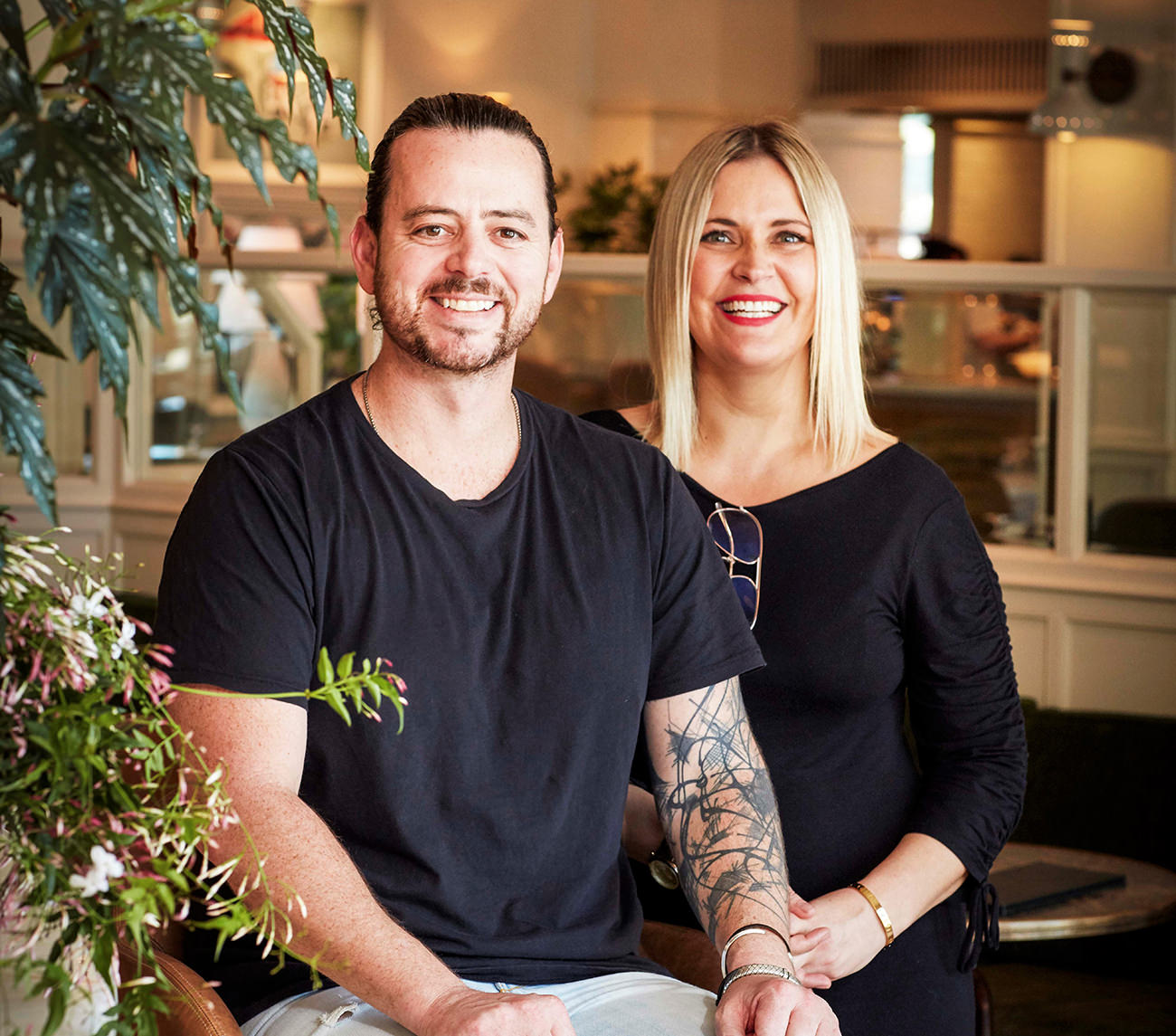
Summer – you either love it or loathe it and personally, I love it. In this issue, we tackle summer head-on with a man renowned for his sultry summer venues – Jordan Toft of Merivale Group – whose sprawling waterside dining and drinking destinations have summer written all over them.
Drought continues to be a topic of much discussion in the media with its effects felt far and wide through rural Australia. However, it’s not all doom and gloom and in our producer story, we learn how station managers mitigate and prepare for drought by understanding and managing their stock to feed ratio well in advance and make the necessary changes to ensure land and livestock do not suffer.
This issue is stuffed like a family beach bag when it comes to menu ideas and inspiration for summer – Australian beef truly is the greatest and the on-menu opportunities are literally limitless. We visit top chefs and venues doing great things with Aussie beef, take a road trip around some iconic QLD pubs and head north with Australia’s largest integrated cattle and beef producer, managing a mind-blowing 17.3 million acres of land and a cattle herd of around 500,000 head. This is big beef.
Our fourth and final issue for the year packs a punch so read, watch, learn and maybe even have a bit of a laugh. There is so much to enjoy about our incredible Australian beef industry and we’re proud to be able to share these stories with you. As always, your feedback is welcomed and encouraged.
See you in 2019!
Mary-Jane Morse
Foodservice Marketing Manager
Meat & Livestock Australia
[email protected]
@_raremedium
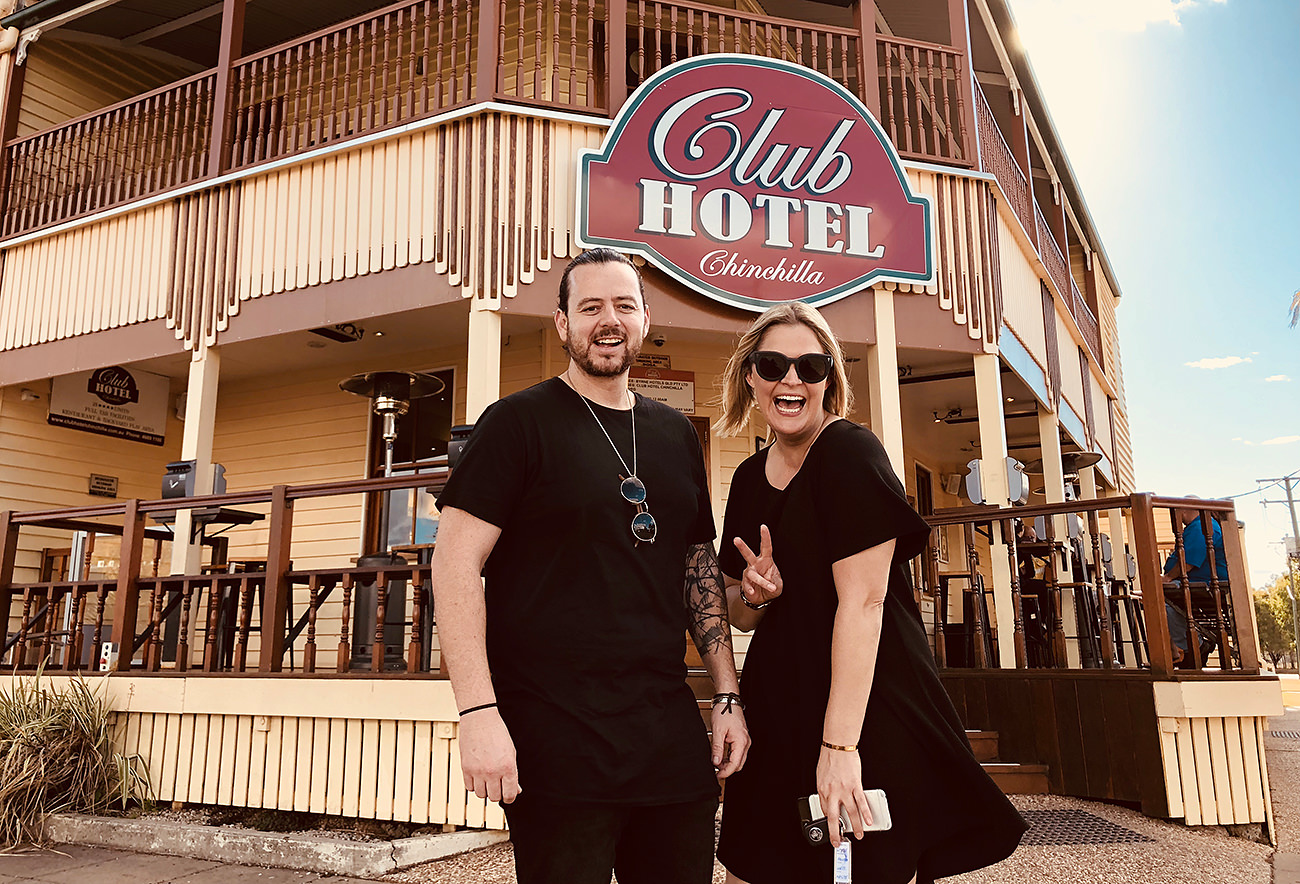
As a big user of beef throughout my venues, the opportunity to be chef editor for this Summer Beef issue and to tell the story of what we do has been great. Beef is such a versatile menu item from grass to grain, primary and secondary cuts to marble scores and ageing – there are so many variables. The chance to learn more about the production side of things was pretty incredible and I started this adventure with an inquisitive mind:
- Bos Indicus versus Bos Taurus, what’s the difference and why don’t we eat more of the drought-hardy/tropic loving stuff from the north?
- Country Australian culture, how does food play a part?
- And will this city kid be accepted if I turn up in my brand-new R.M.Williams boots?
I wanted to see the vast open spaces and the dry season in the North, experience cattle stations the size of some Asian and European countries and to see how they raise cattle in the driest continent in the world behind Antarctica.
Our first stop was Surat in QLD where a brisk morning welcomed us, along with our first of many country hospitality experiences. Driving the paddocks, we met the first of AACo’s Wagyu X cattle grazing on introduced buffel grass. I quickly learnt that these guys are grass farmers first and cattlemen second. It was dry alright, but there was no panic about the drought and they seemed to be resolute that they’d managed their land right with comments like “look at that, the buffel is ready to shoot over ya head with a shower or two”.
Off to the NT via Longreach was next. I’d never been to the Territory and with a station the size of Singapore plus 90,000 head of cattle waiting, it didn’t disappoint. Brunette Downs on the Barkly Tablelands – it was FLAT! The family homestead was surrounded by a vast level vista, from horizon to horizon and beyond. It’s here I learnt how Bos Indicus genetics play their part when mixed with the Wagyu, how the 45-strong team wrangle the land and the cattle it sustains, and how a beautiful family treats this part of Australia as their home and livelihood.
In central Queensland, amongst the dead Ironbark, I got to see more cattle grazing on buffel and not too far from that was the feedlot that ‘completed’ the circle this business works so hard at. But it’s not feed and hope, it’s an exact science and a term I heard repeated with so much vigour – ‘a rising plane of nutrition’. The feed, partly grown on site, was a rich mix of steamed grass grains, natural probiotic silage, forage and other nutrients and it was great to see this done right, whichever side of the grass or grain discussion you sit.
I got to cook Brahman and Wagyu over Gidgee wood. I got to experience a culture different to my own yet one that was inherently Australian, passionate and driven. They welcomed me, taught me, let me ride their horse and introduced me to Bundy rum. Most importantly, they didn’t even laugh at city kid in his shiny new RM’s!
Thanks to those on the land for having me and for all you do to bring quality Australian beef to our restaurants – and thanks to the team that travelled with me, it was an experience I won’t ever forget.
Jordan Toft
Executive Chef
Merivale
@jordanwtoft
Copyright: this publication is published by Meat & Livestock Australia Limited ABN 39 081 678 364 (MLA).


